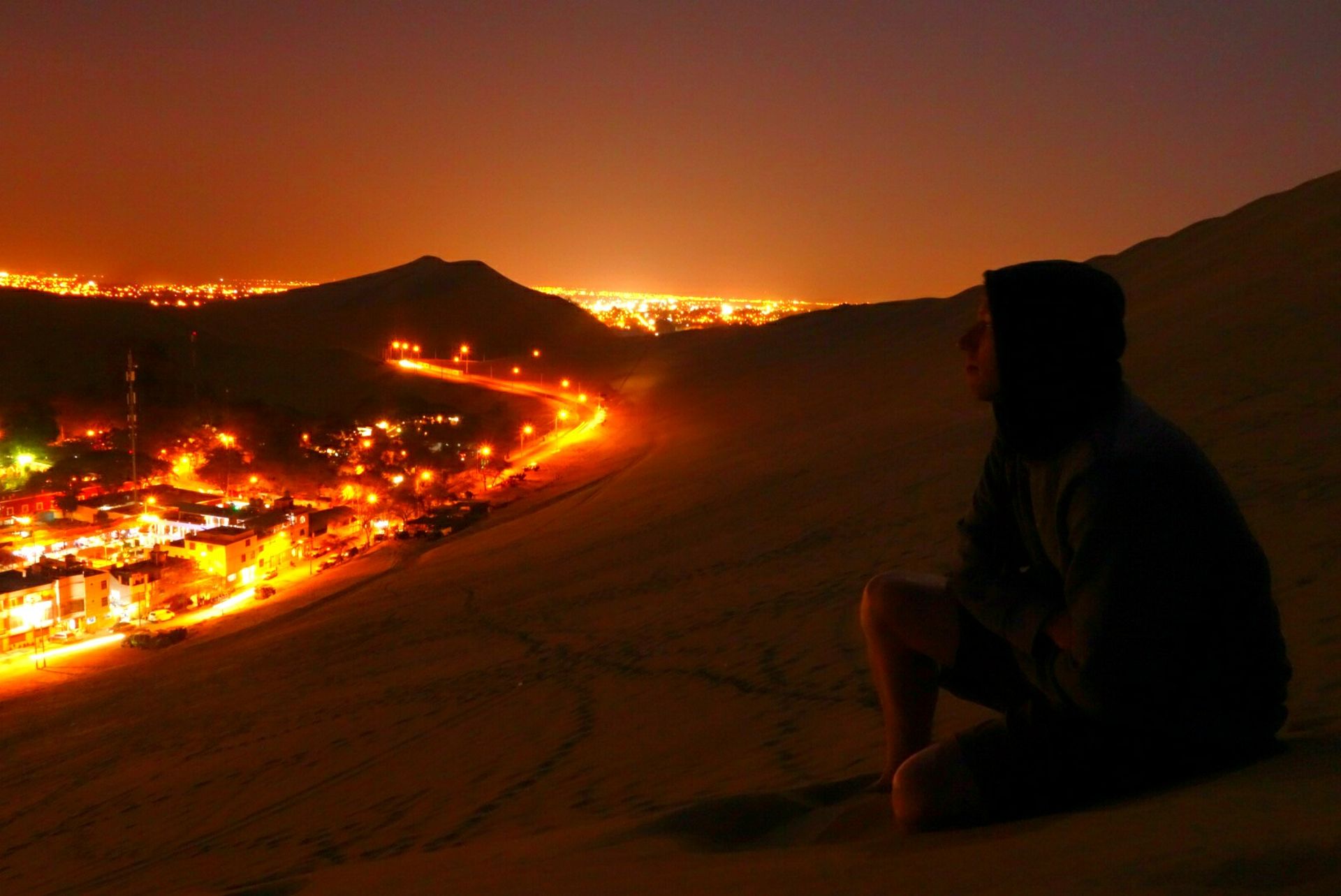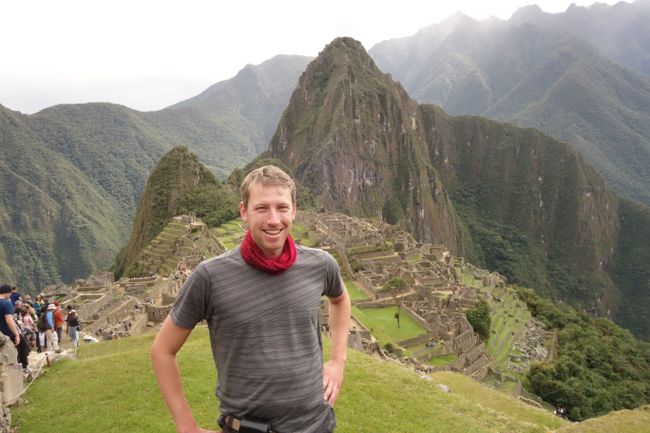Chile - Iquique, Arica, Putre and Tacna (Peru)
Publicatu: 12.09.2018
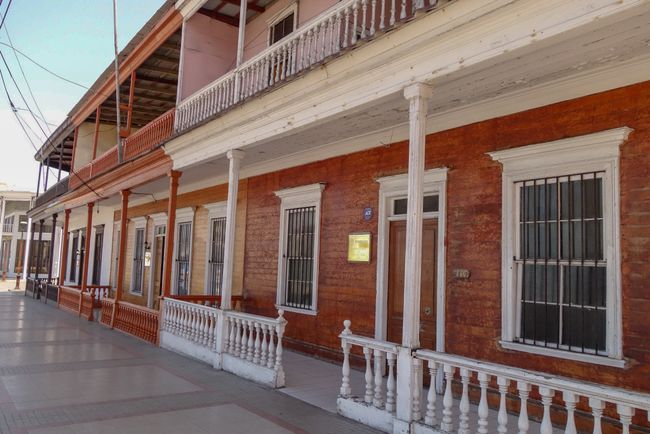
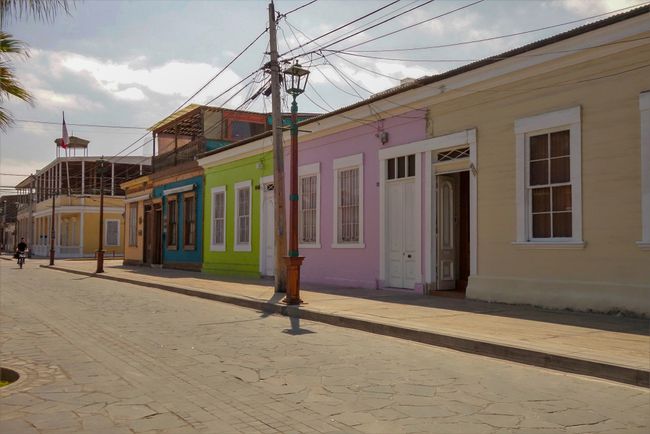
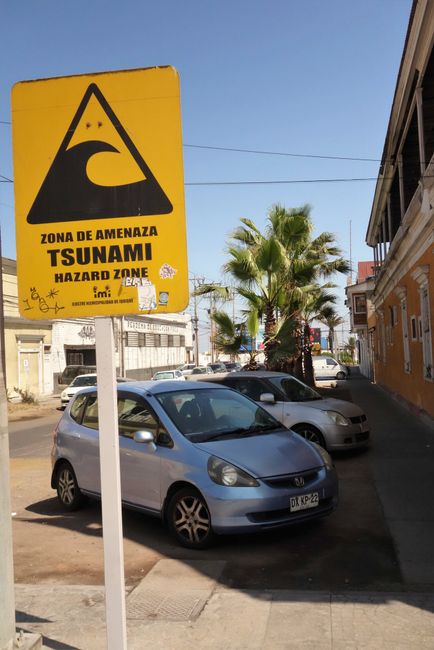
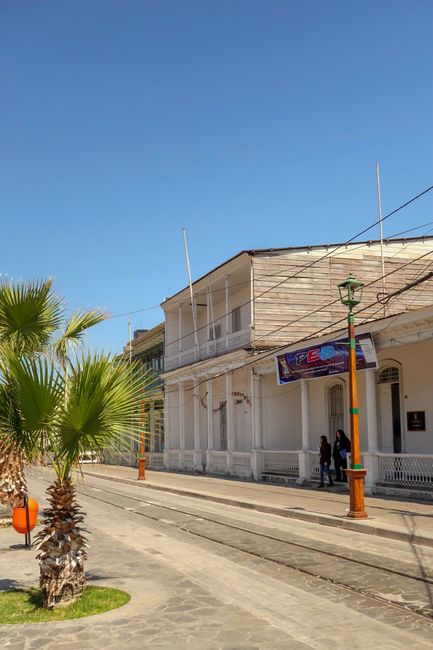
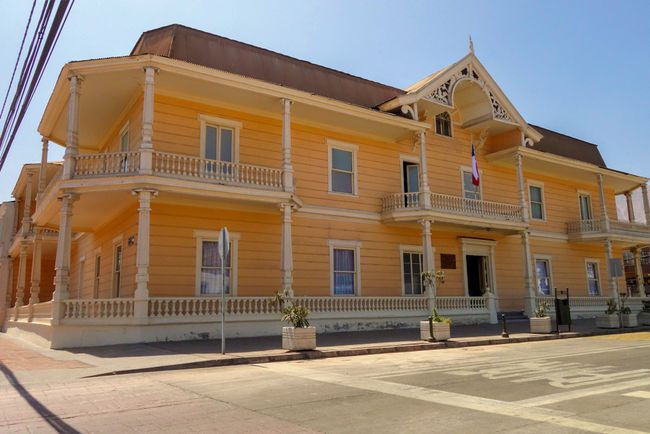
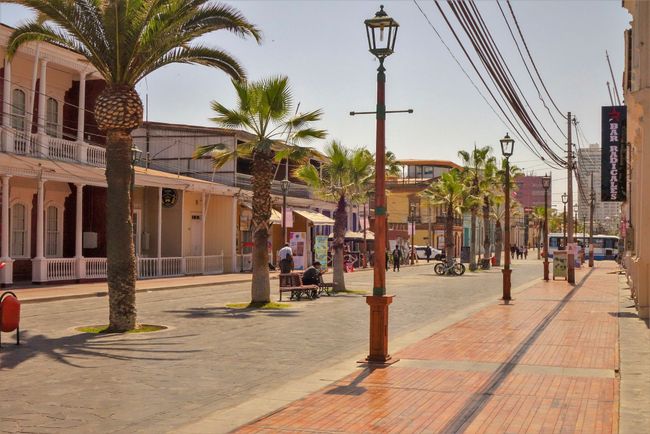
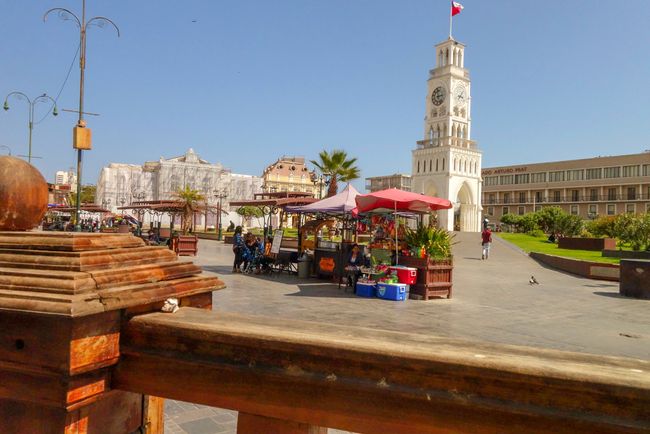
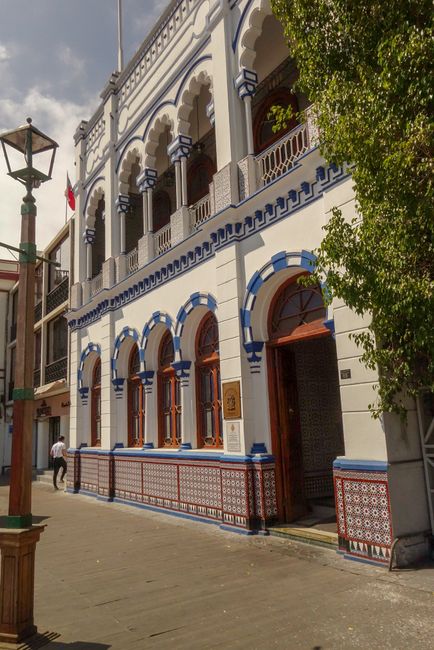
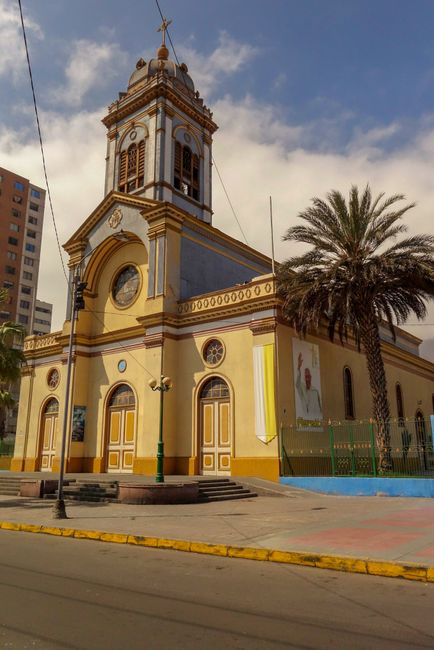
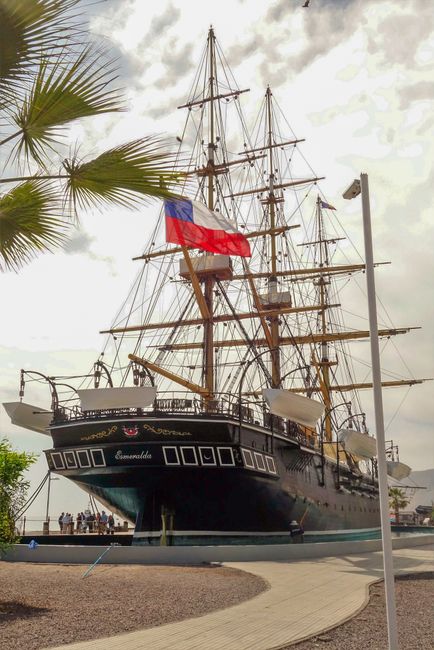
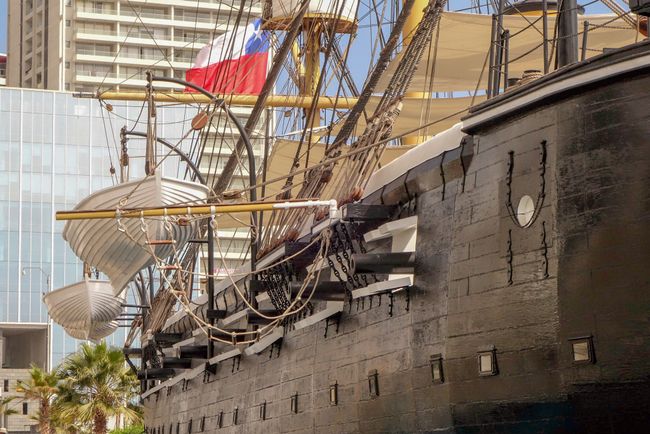
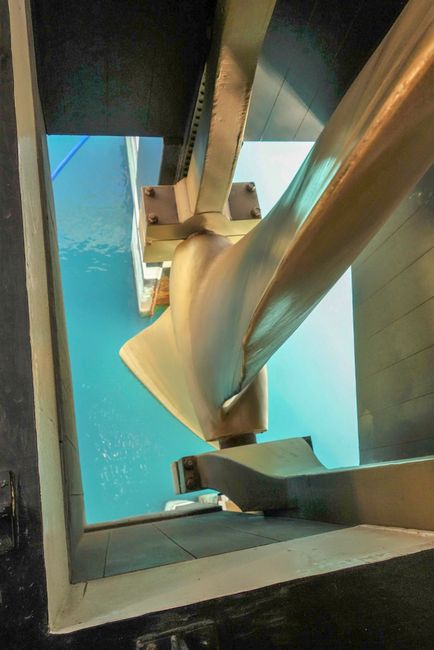
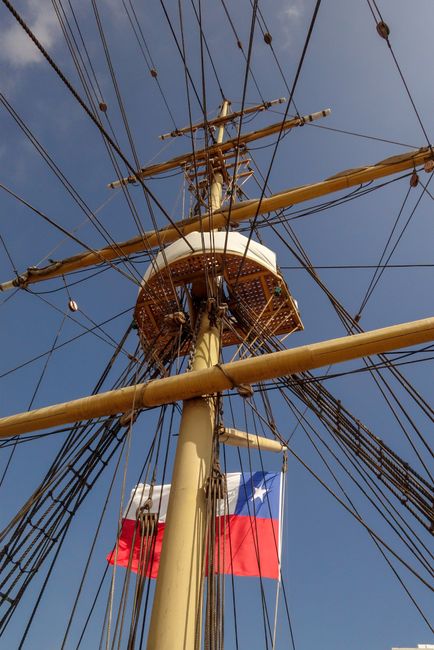
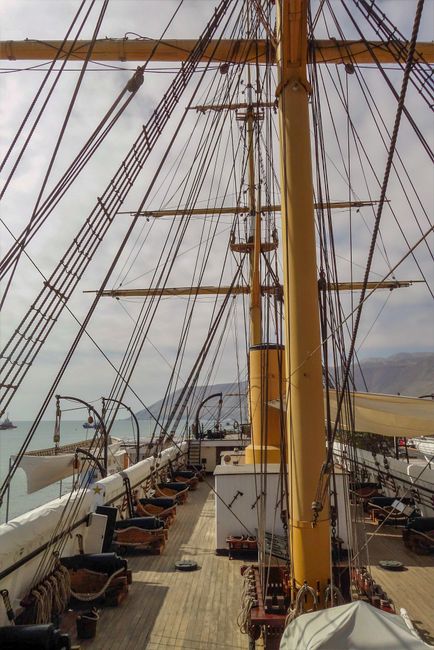
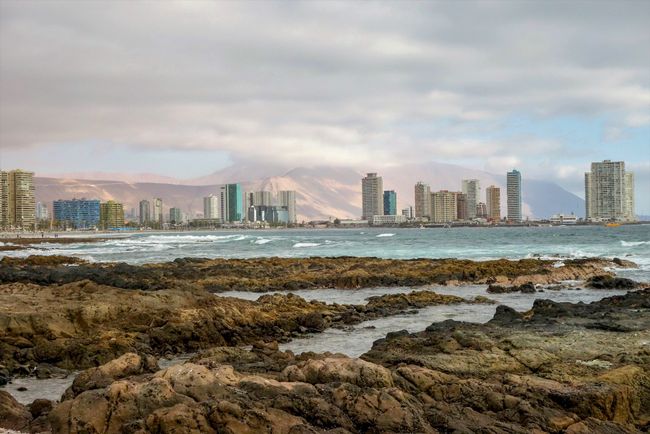
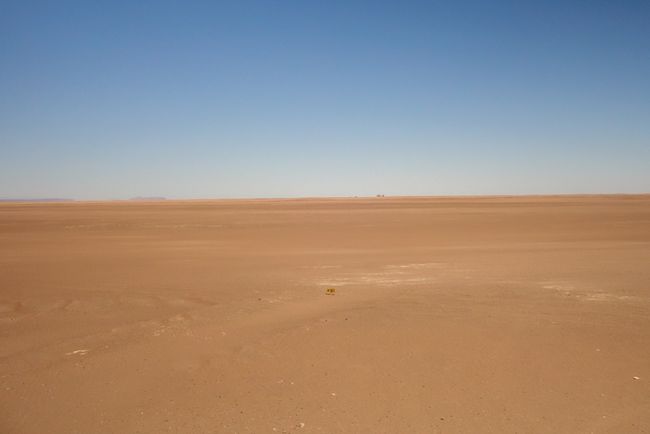
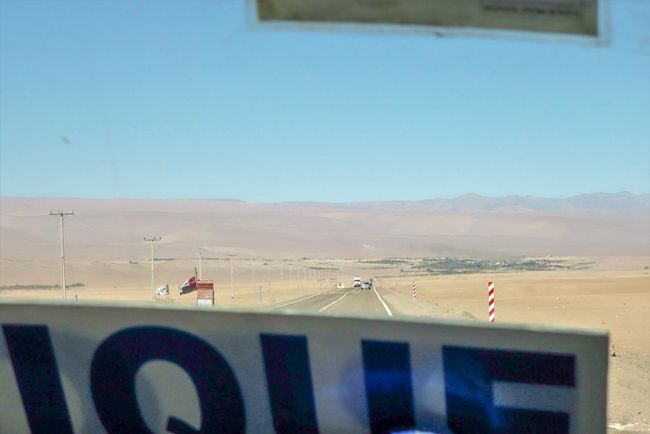
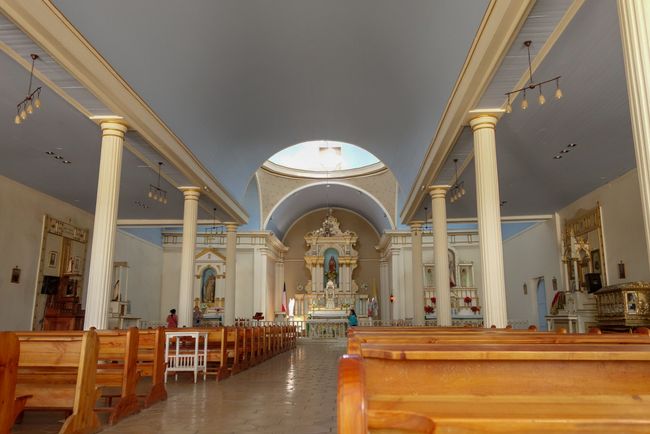
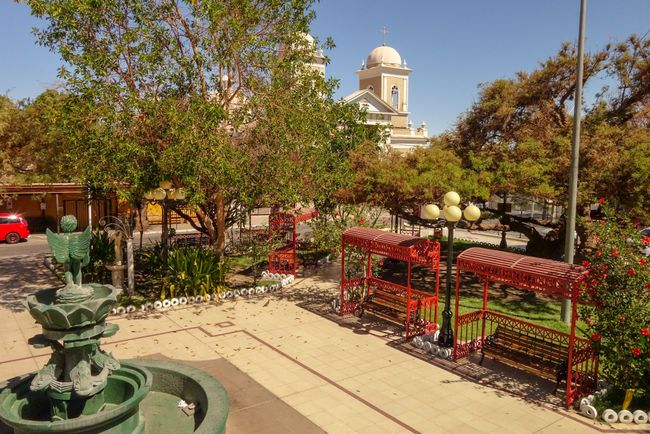
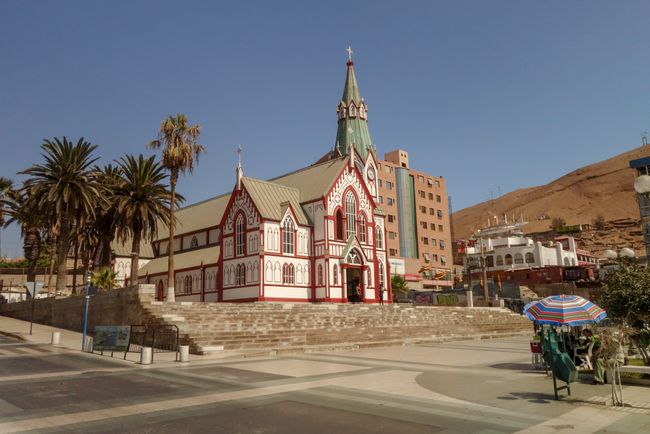
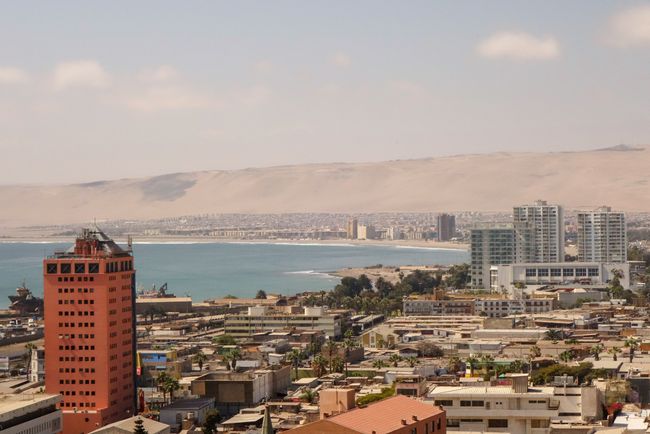

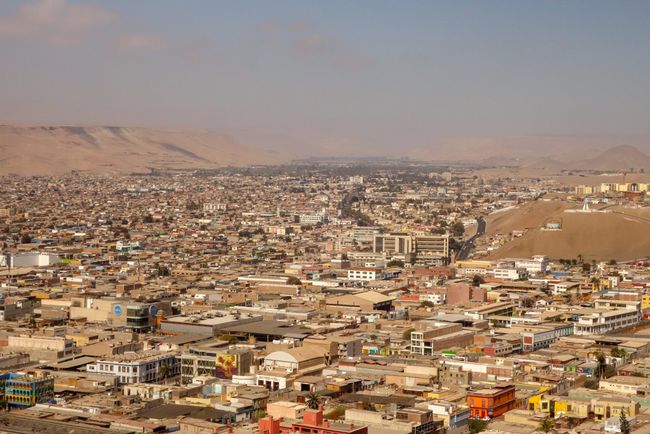
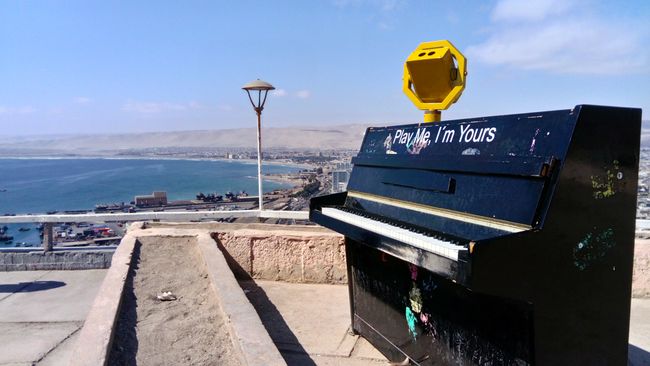
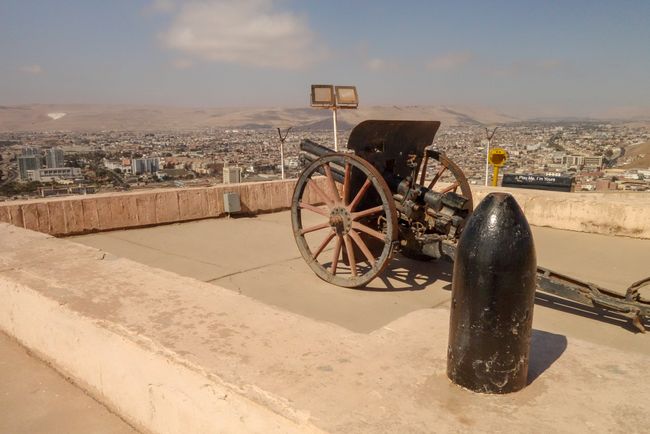
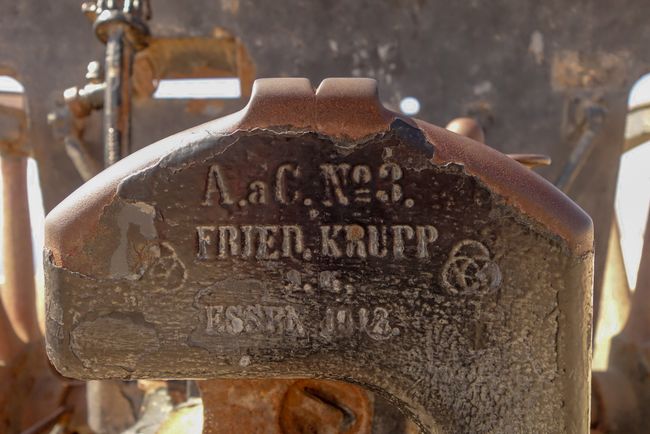
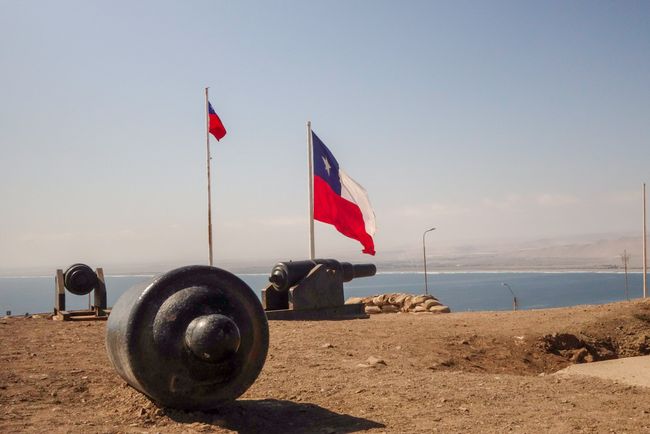
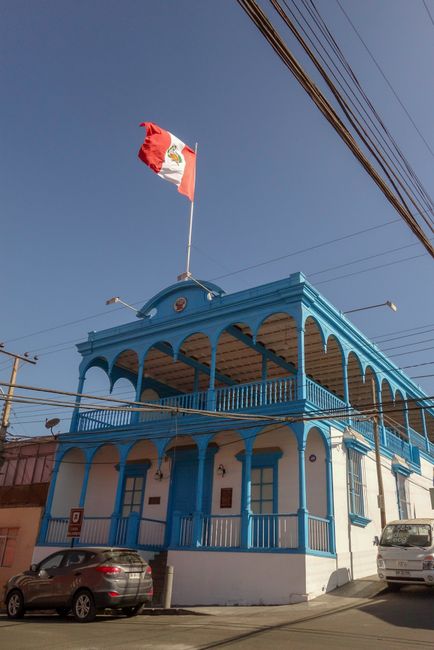
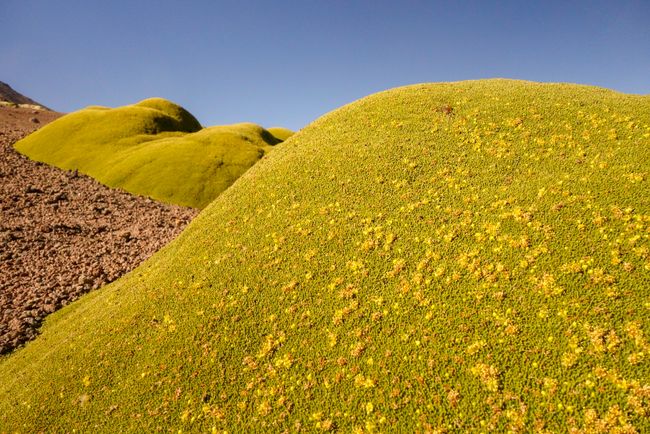
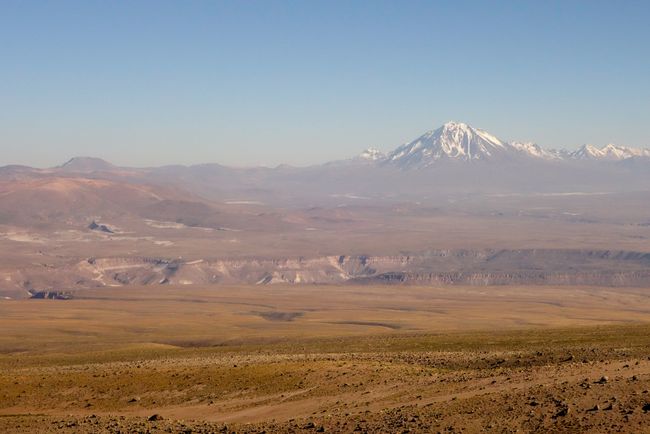
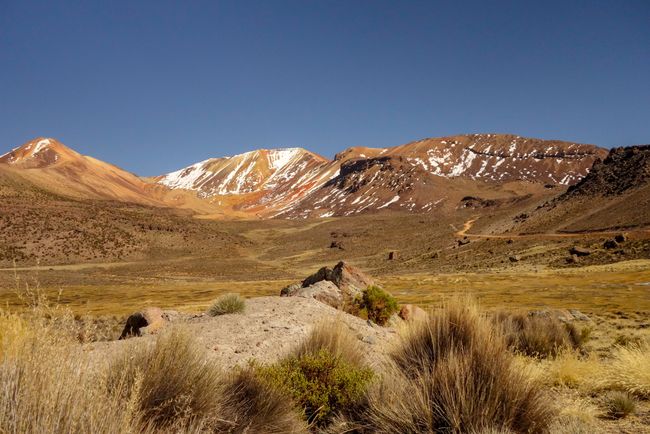
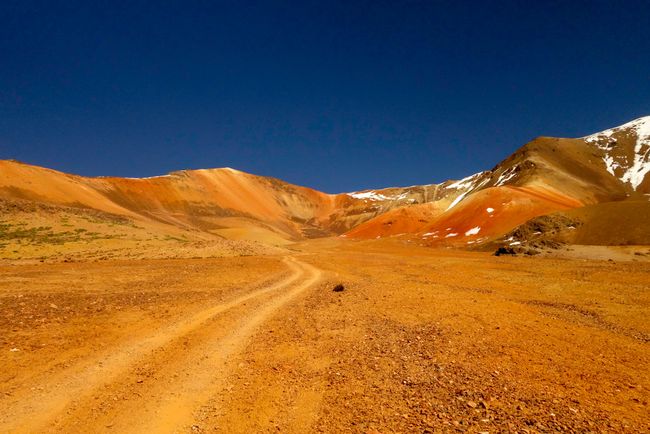

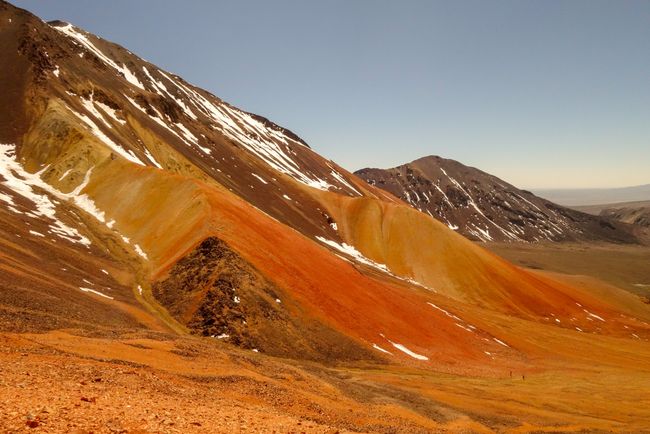
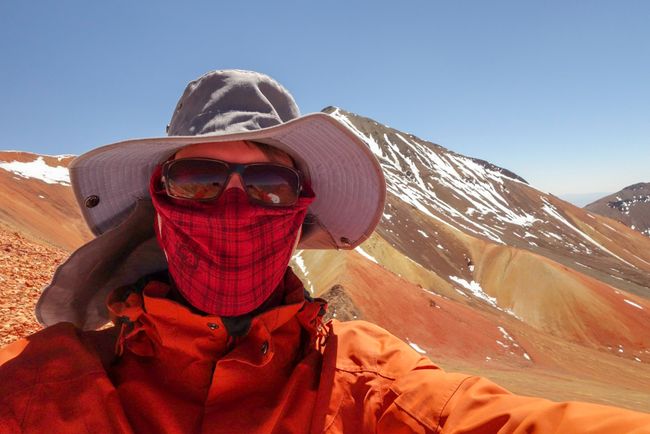
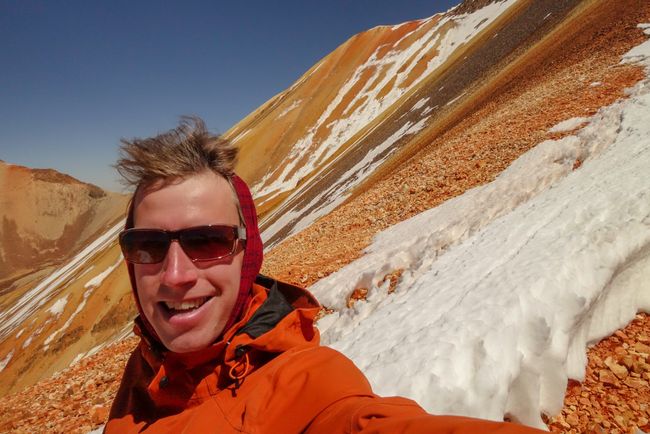
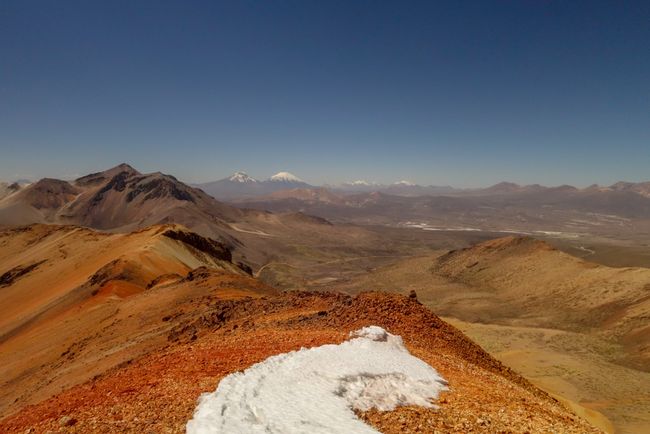

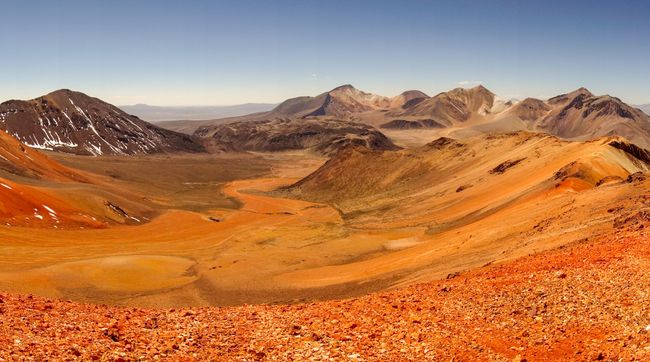
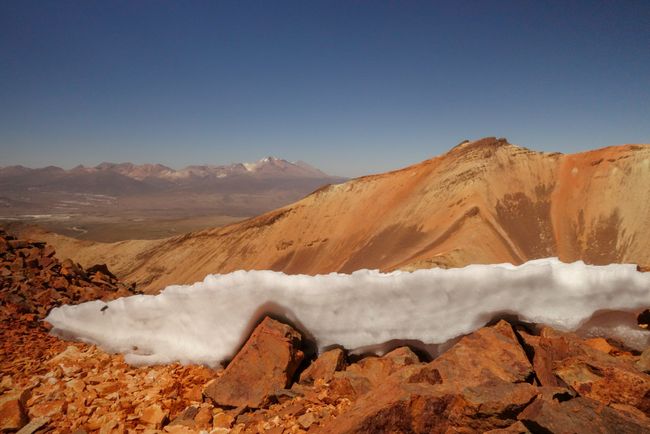
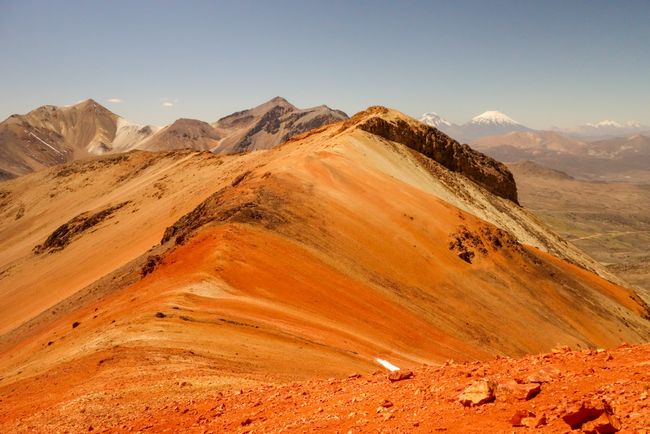
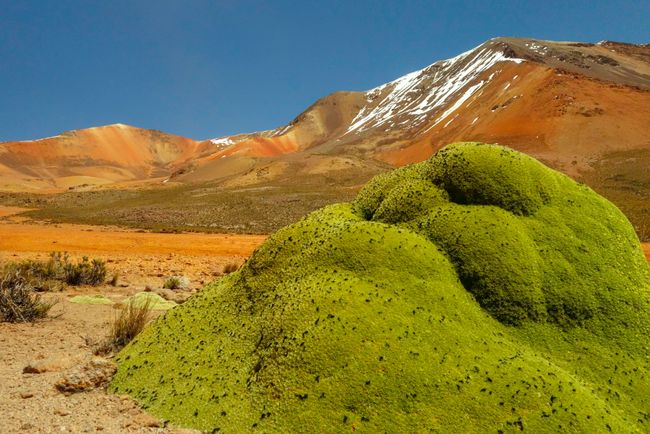
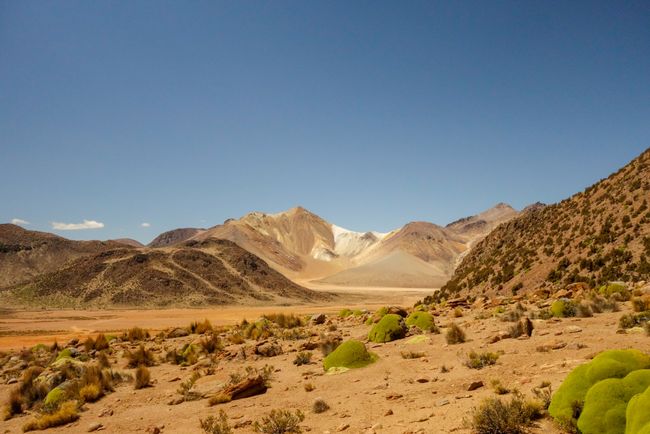
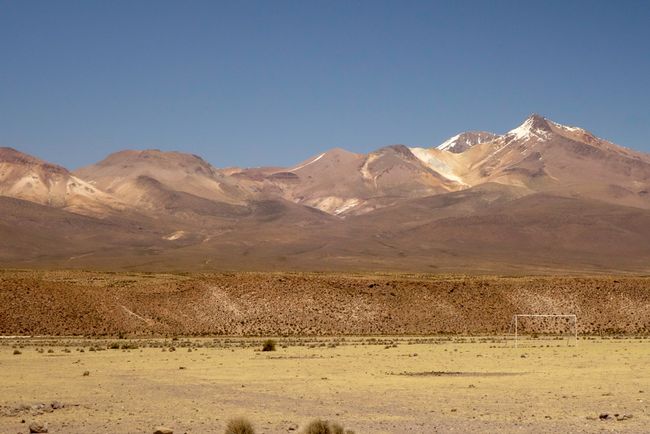
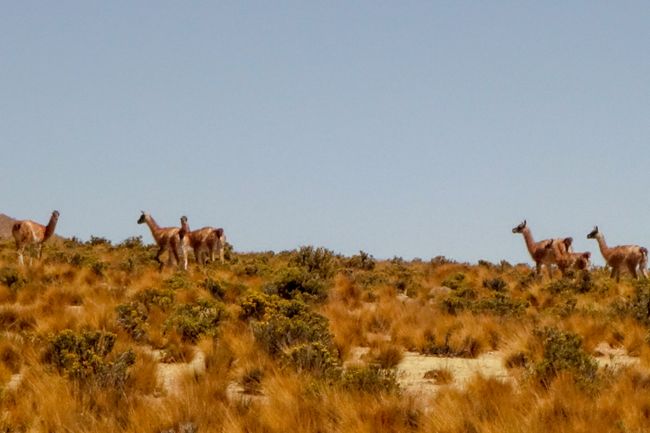
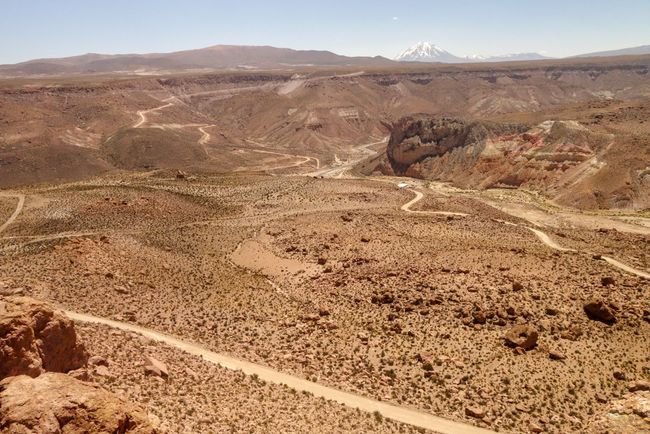
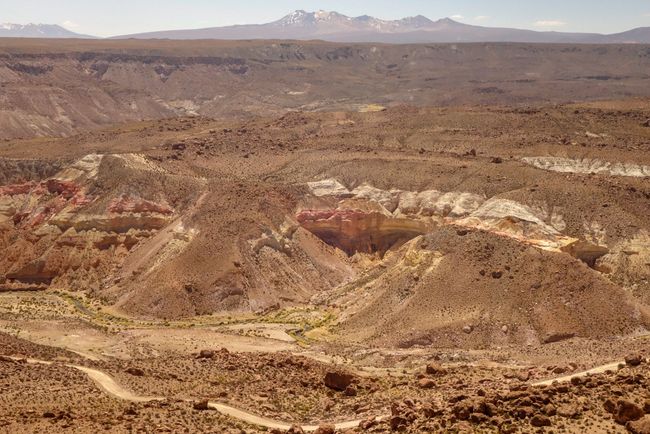
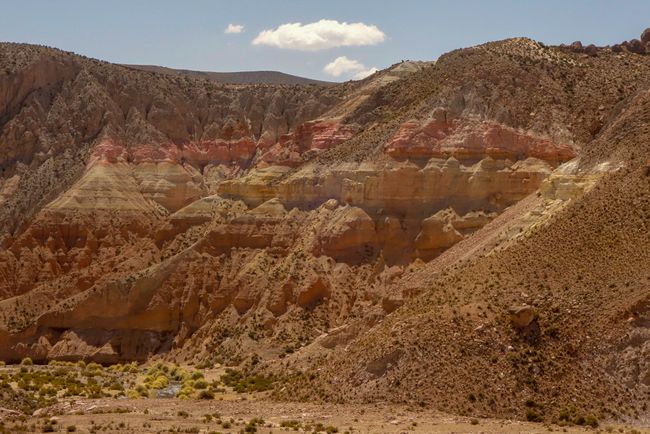
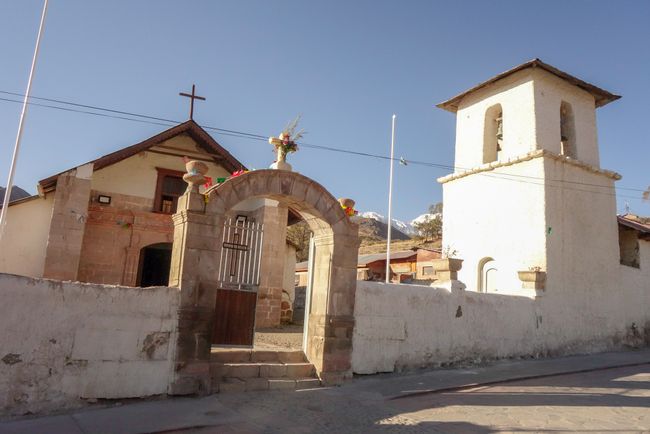
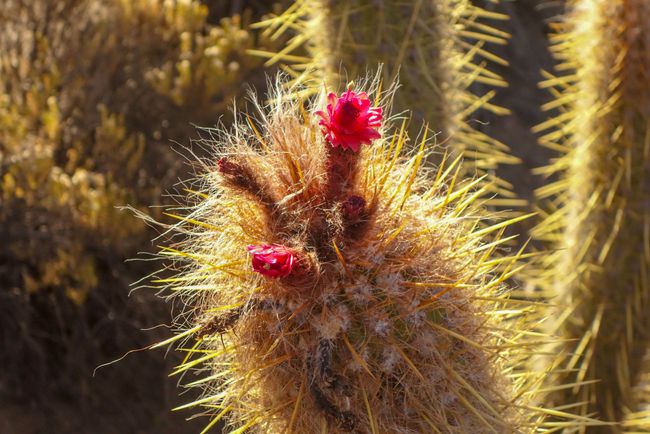
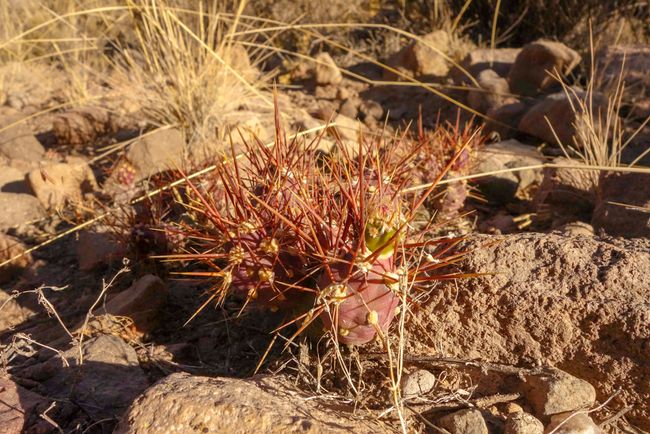
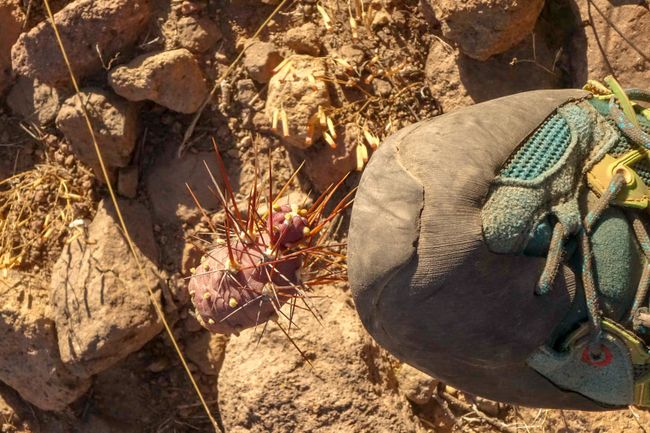
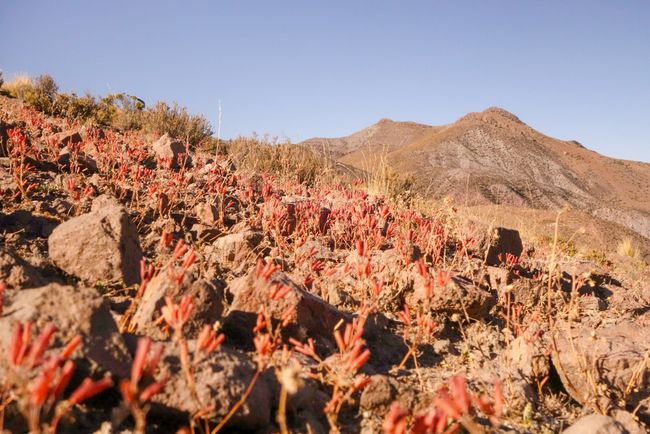
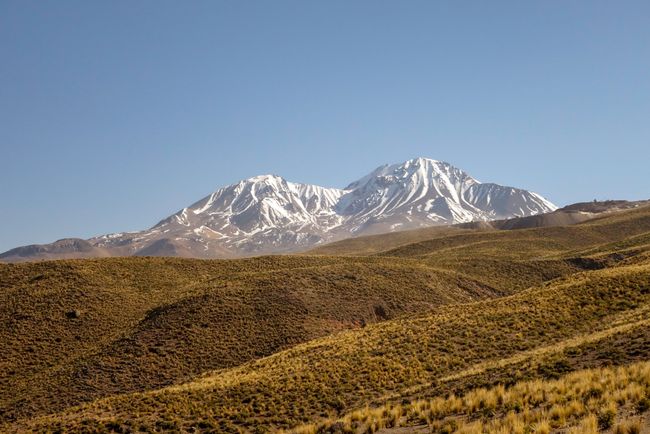
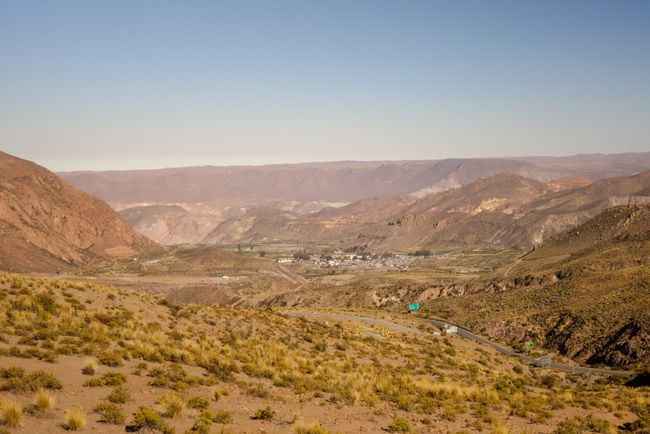
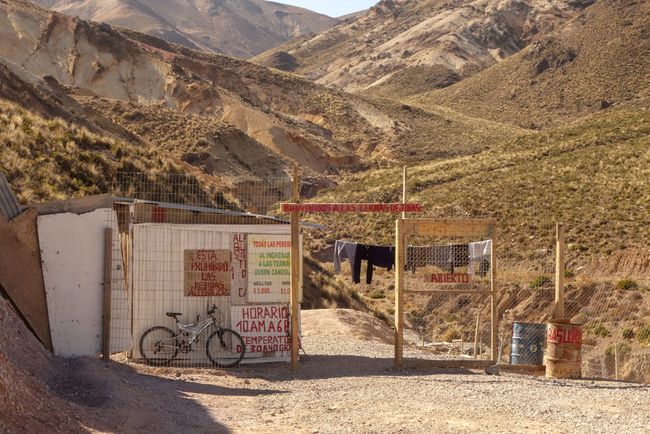
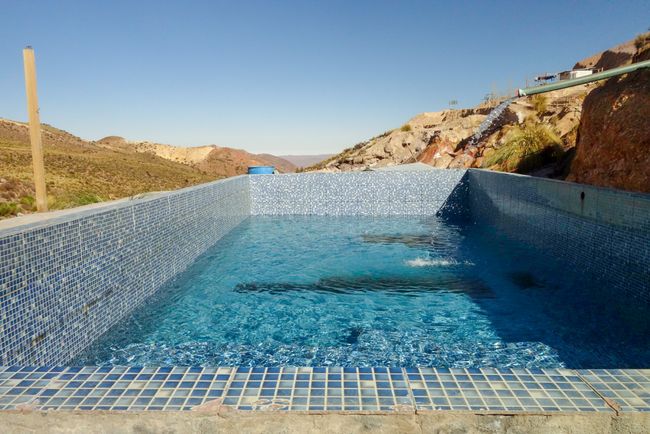
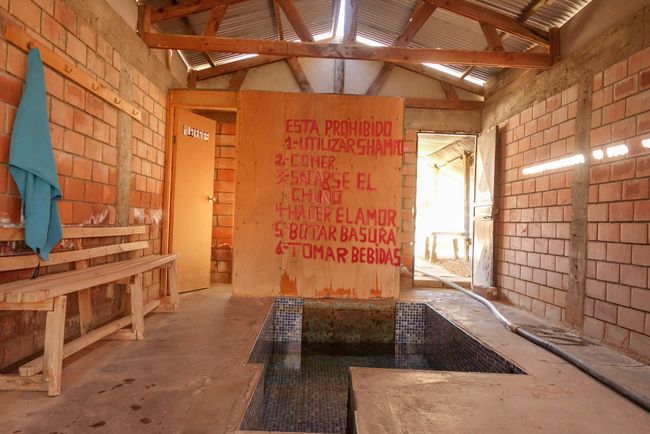
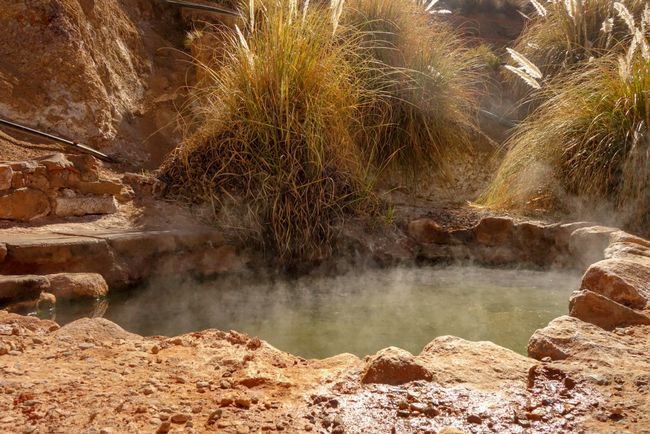
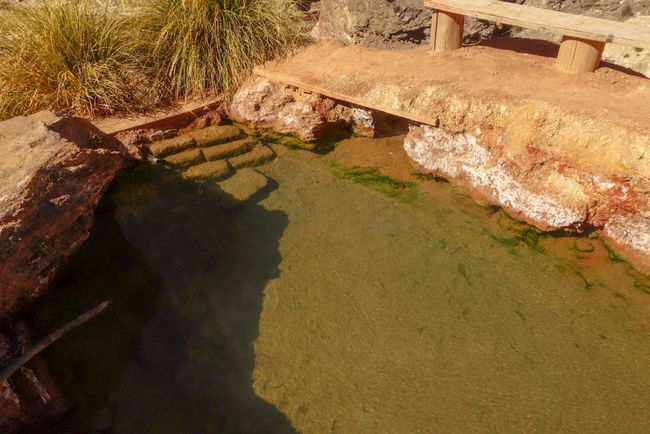
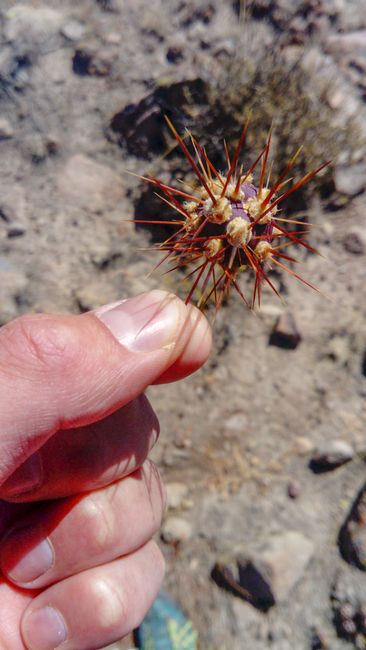
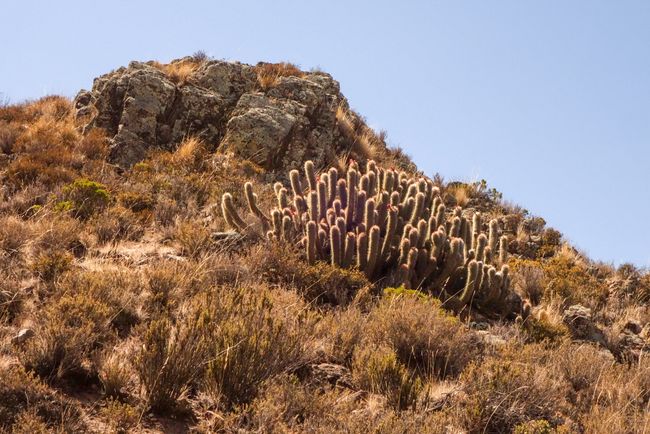
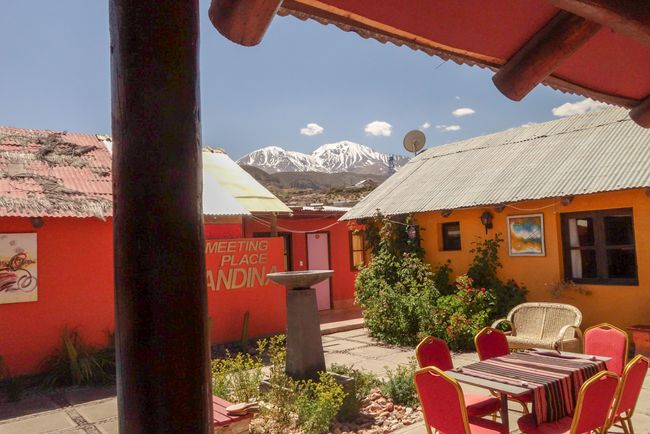
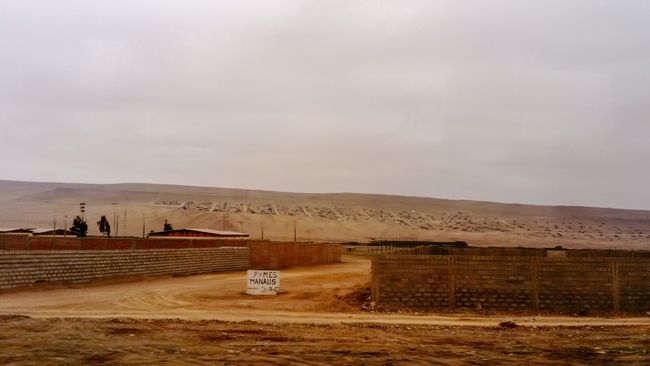
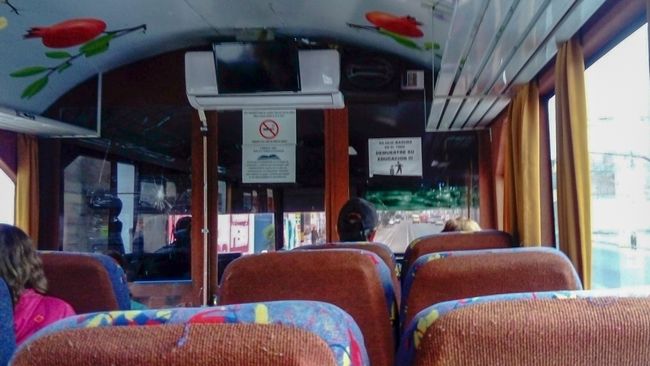
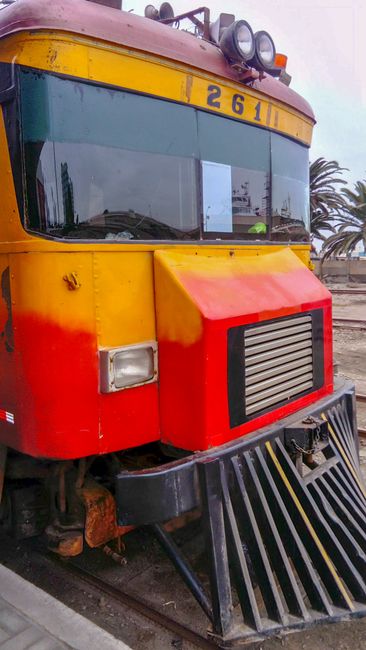
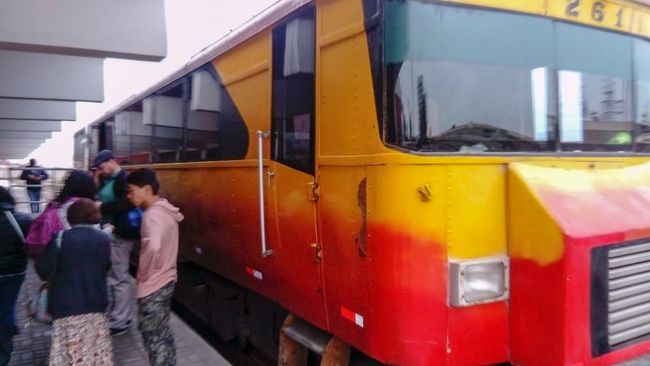
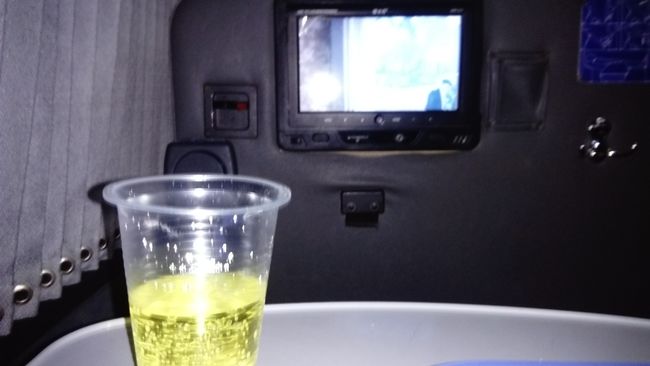
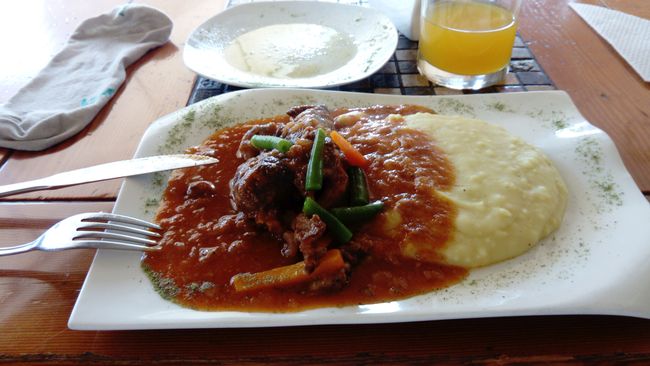
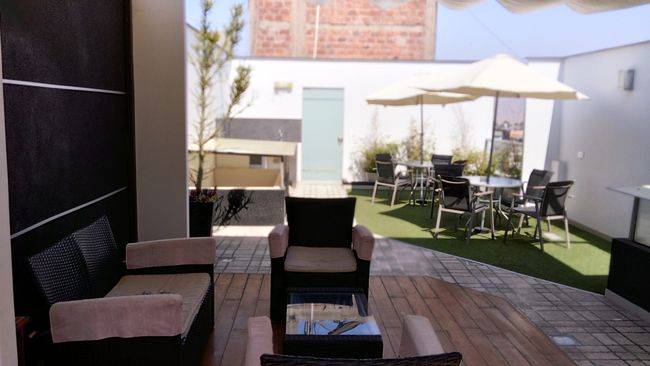
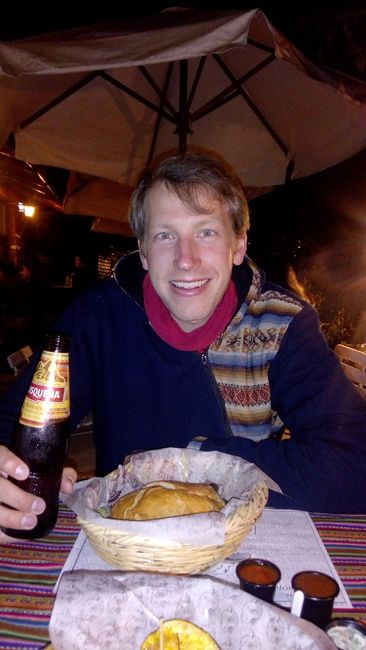
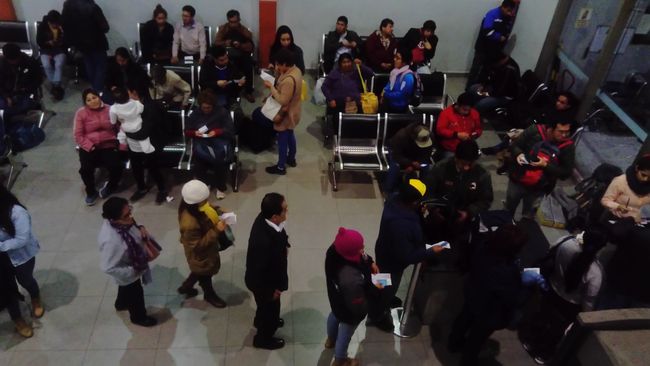
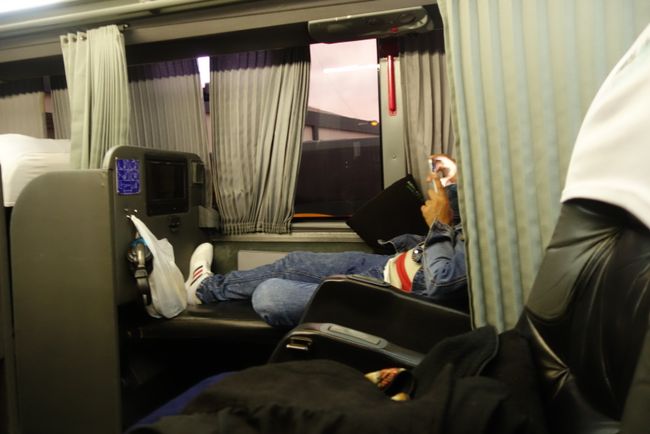
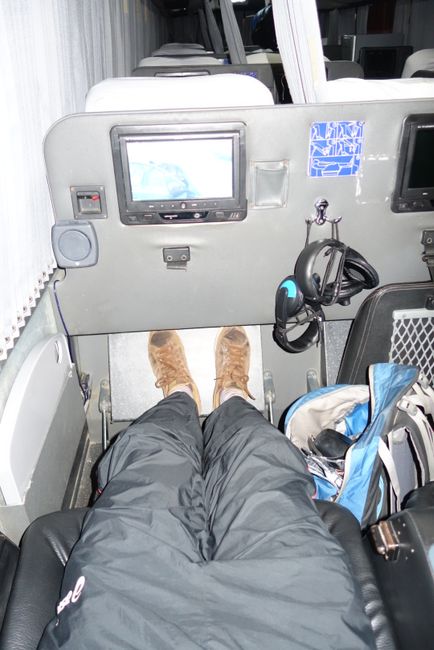
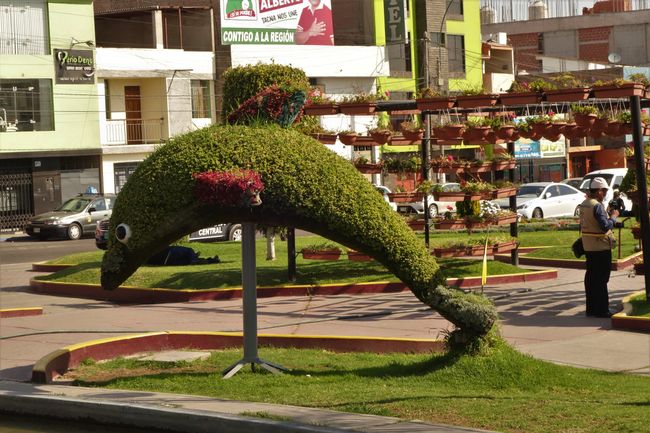
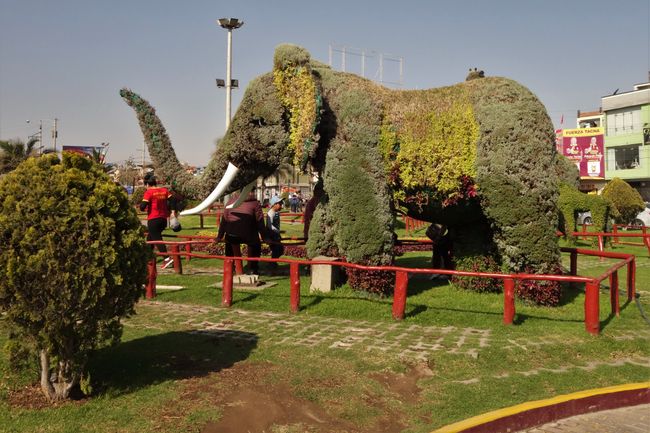
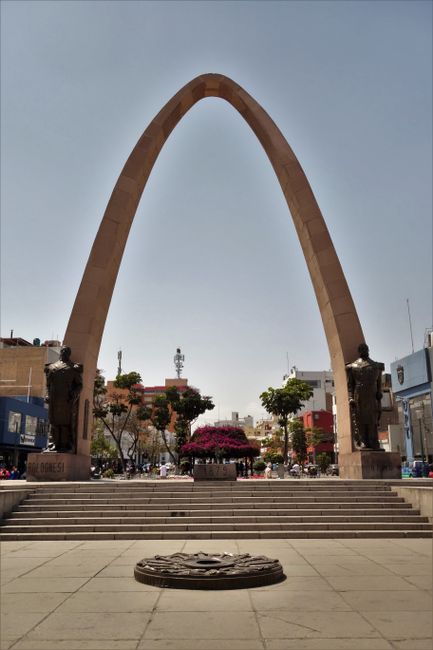
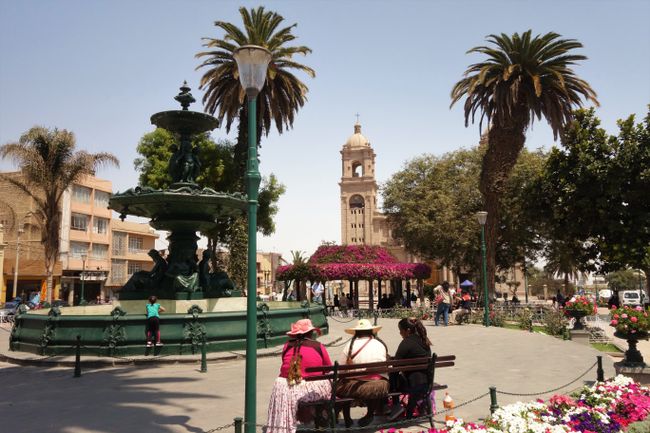
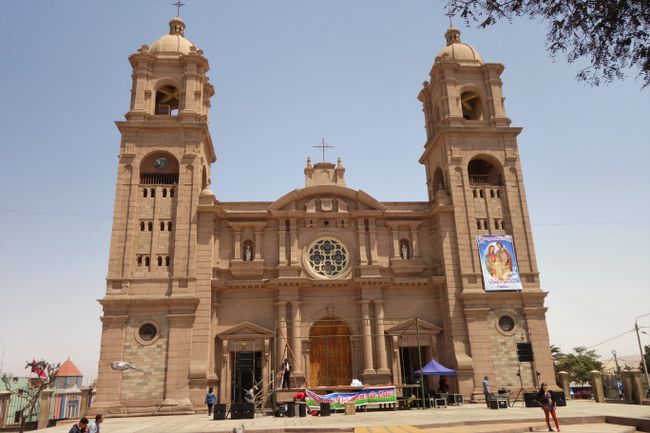
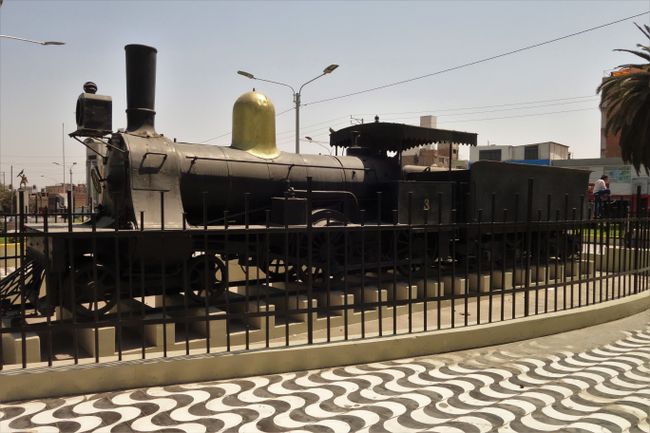
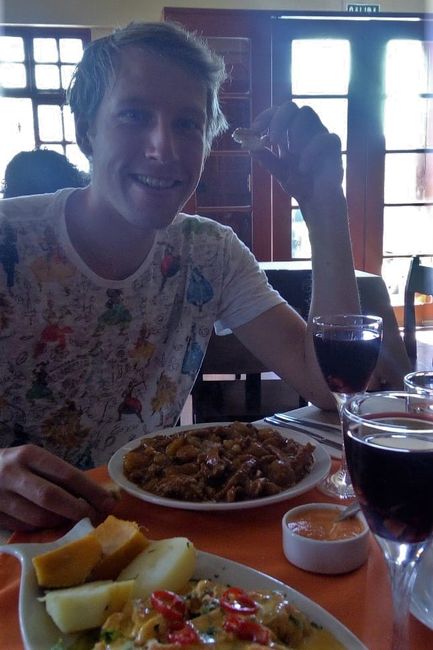
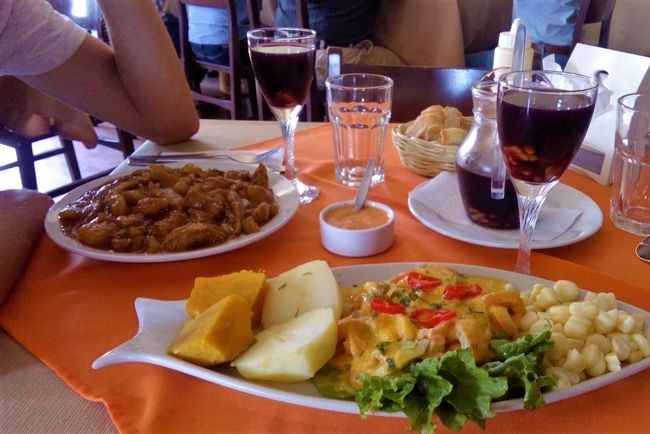
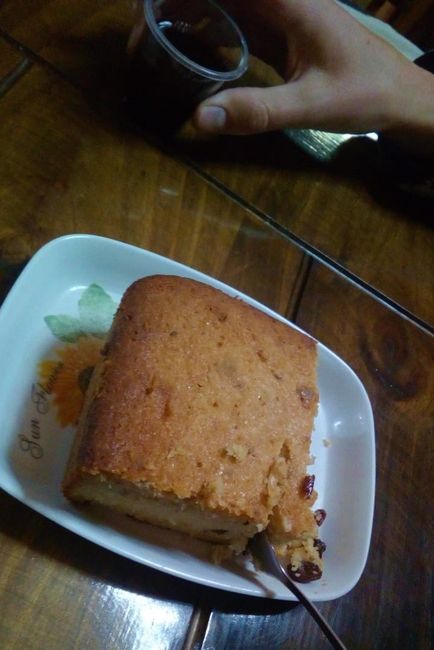
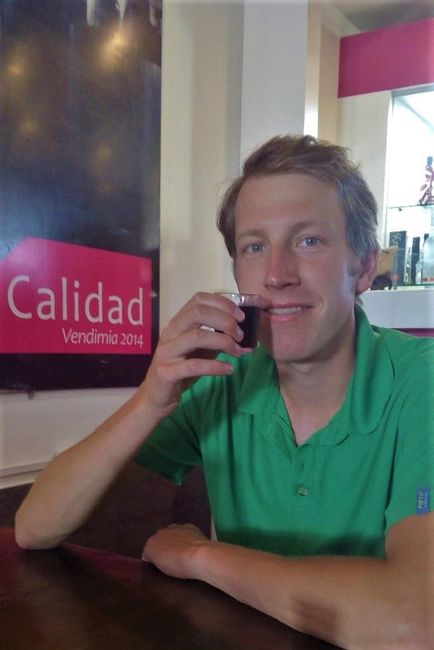
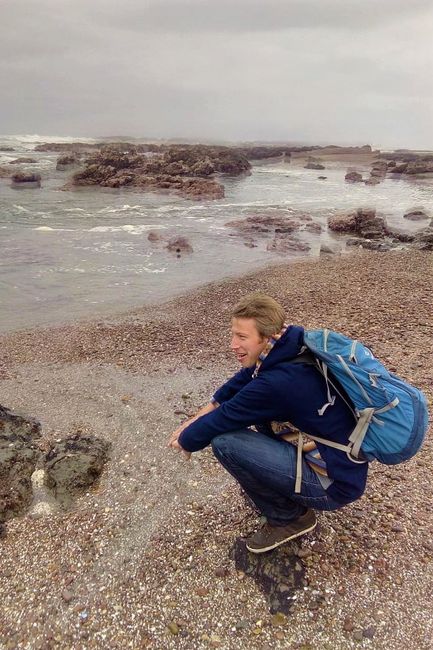
Abbonate à Newsletter

Iquique
The journey from San Pedro to Calama took about two hours through the desert. And now from Calama to Iquique on the coast of Chile, another 5 hours across the desert. Nothing as far as the eye can see, but still impressive. Iquique and the entire region all the way up to Arica also have great historical significance for Chile. Iquique is the nitrate city where Chilean saltpetre was loaded for export. Today, Iquique mainly offers beaches and great surfing opportunities for Chileans and guests from all over the world.

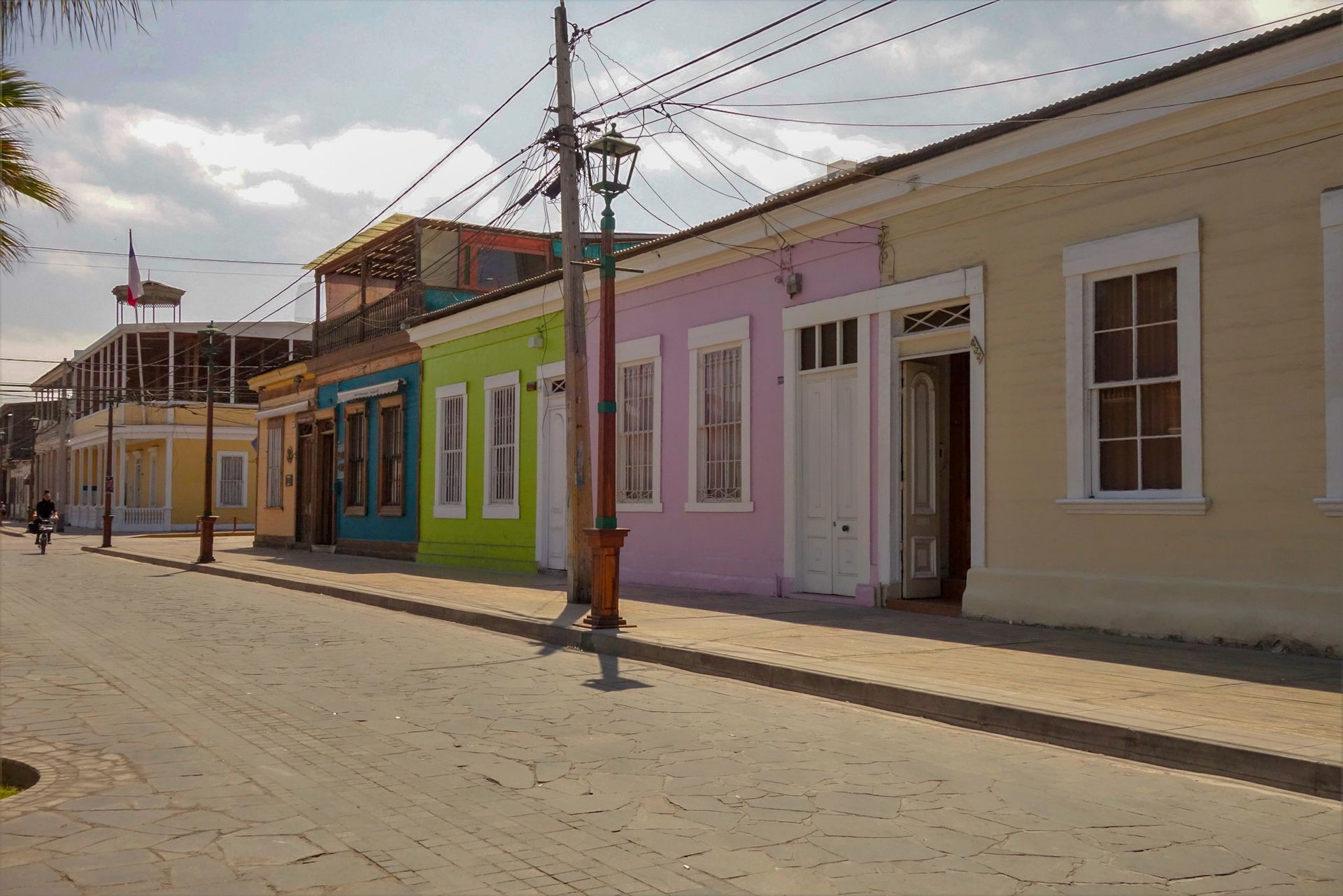
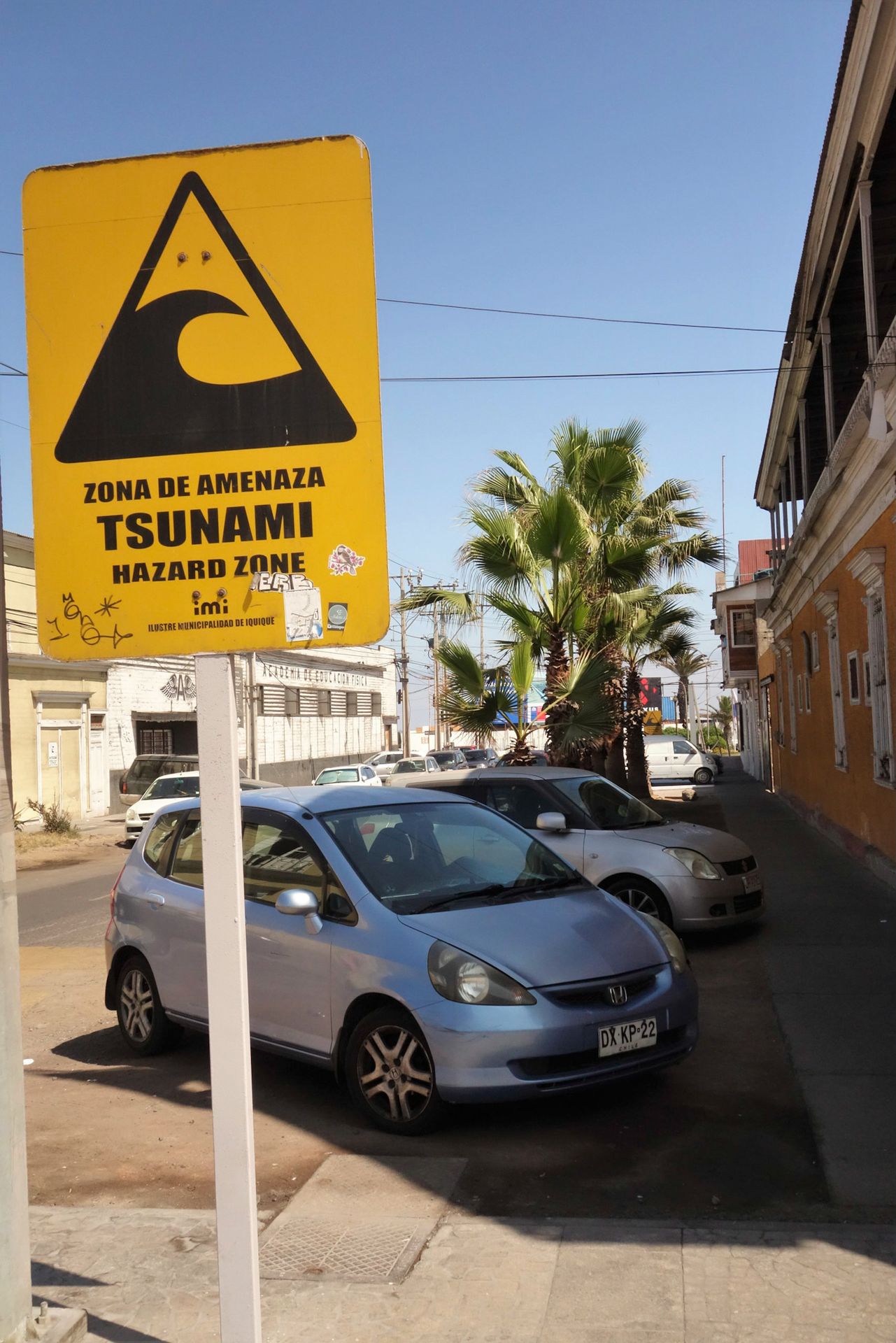


The central battles of the Pacific War (Saltpeter War) took place here and since then this region has again been under Chilean control. This is also gloriously portrayed in the Military Museum. When I went into the museum, two dedicated soldiers immediately approached me, wanting to tell me the 'true' story. From their point of view, the matter is relatively simple. Bolivia imposed taxes on the saltpetre mining by Chilean companies, contrary to applicable law. That is why they occupied the country, not attacked! And then finally declared war on the allied Peru and Bolivia. And because they were already at war and had superior German and British military technology, they just marched on to Lima. And at the end of the war - as it always goes - the borders were redefined in treaties. And Bolivia has not accepted that to this day. And that's it! While driving through the sparsely populated desert, I natürlich schon gewundert habe, why they are fighting for this area. But against the background of the great saltpetre deposits, which were mainly sold to Europe as fertilizer, the economic importance quickly becomes clear. This is also when Chile's economic boom began and Bolivia went downhill. This continued until the Haber-Bosch process was first used industrially by BASF in 1913 to produce ammonia. With that, the demand for imported fertilizers from South America suddenly dropped. I was a bit early in Iquique. The season is just starting, so it wasn't very busy. But at least a nice hostel with pleasant people. I also visited the replica of the Esmeralda ship with which General Prat fought in the Battle of Iquique during the Pacific War. The original is still on the seabed. It was rammed by a Peruvian battleship.
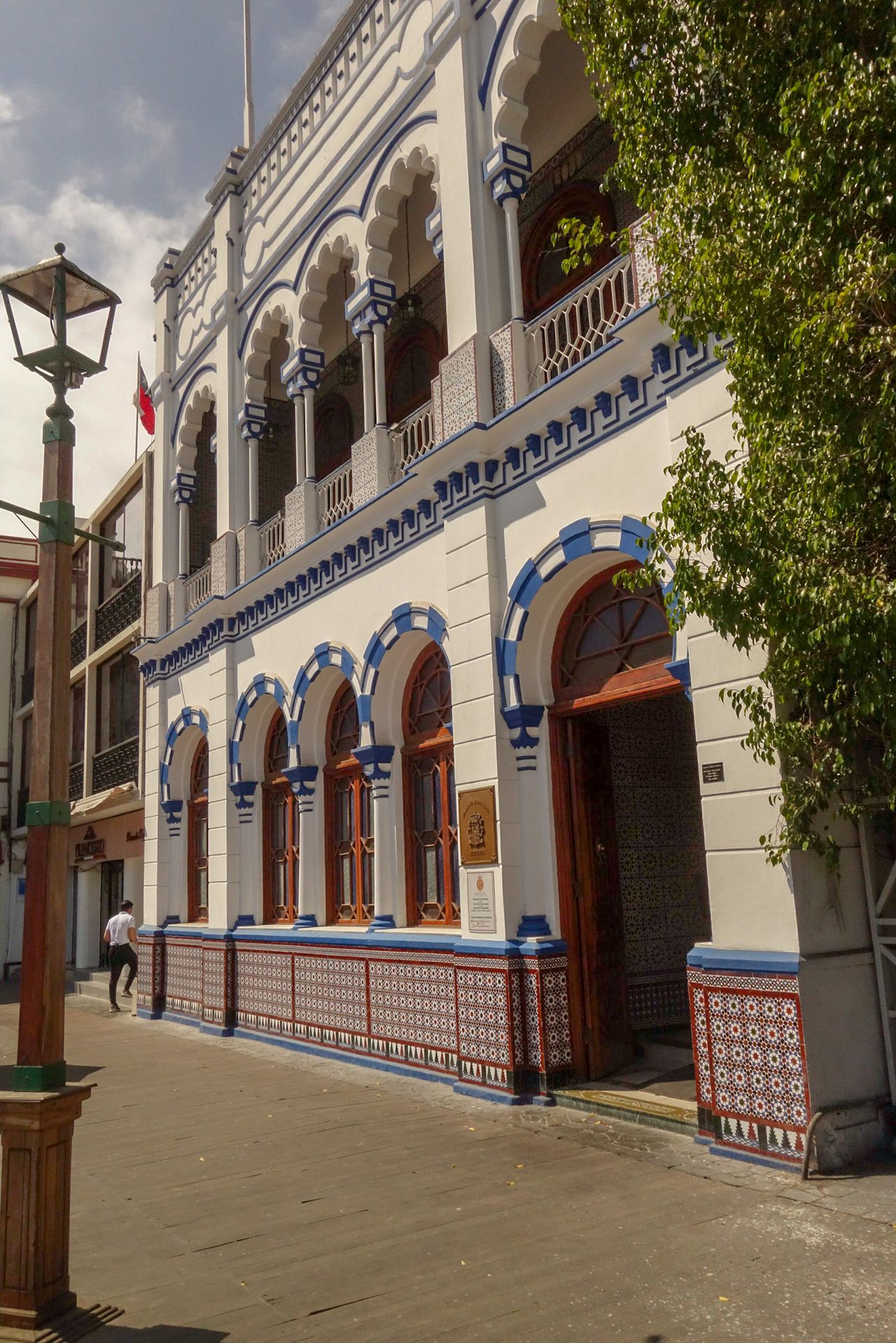
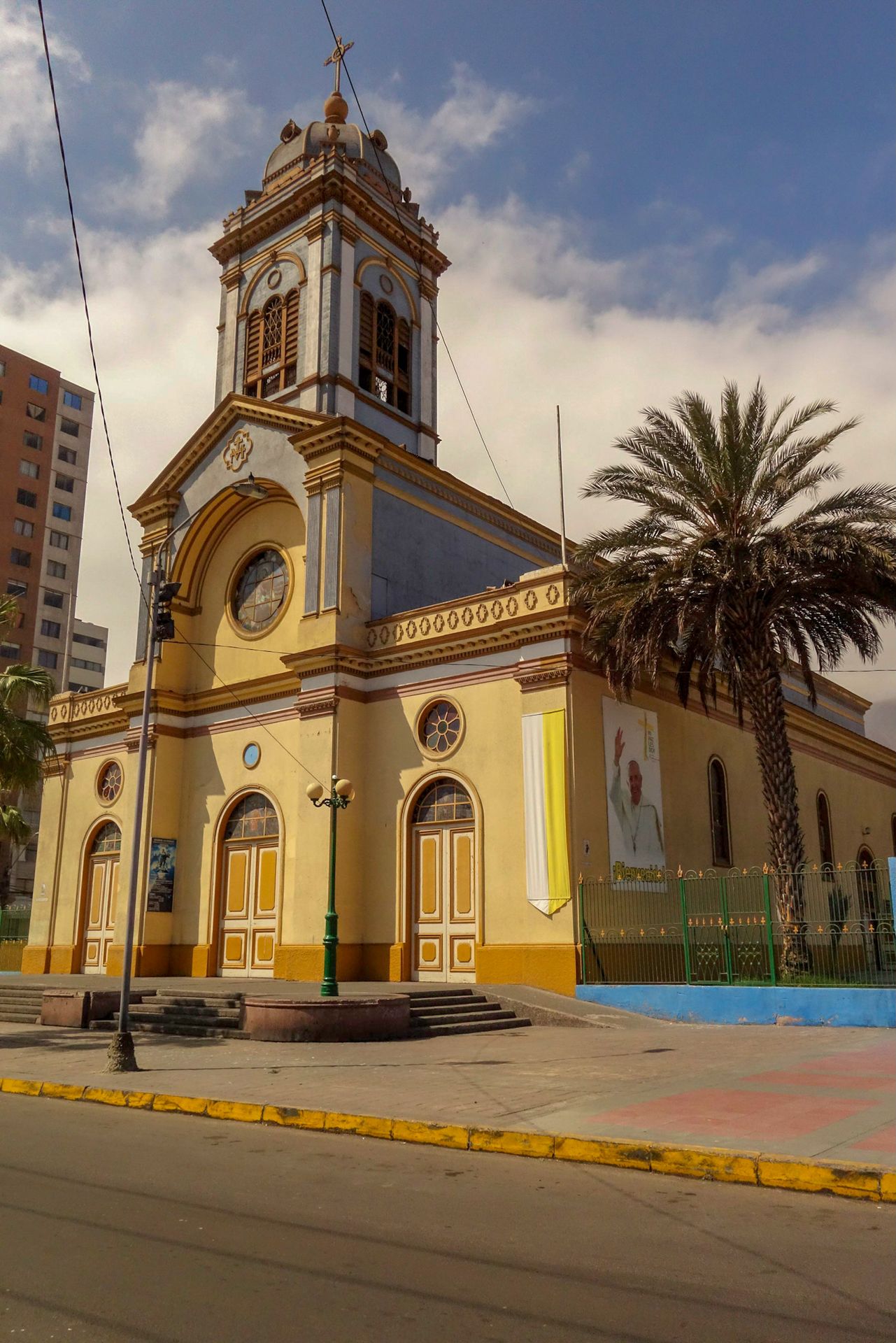

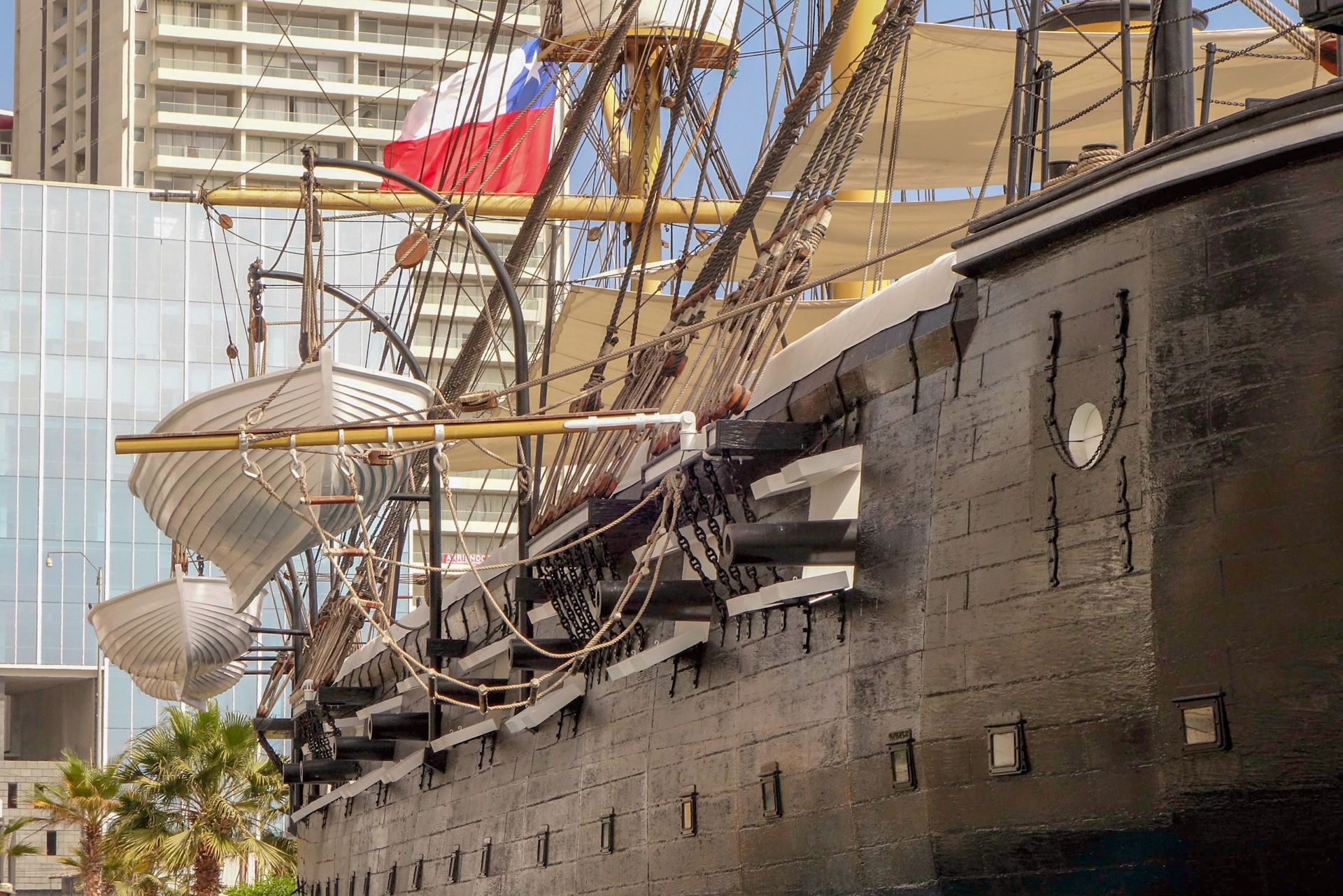

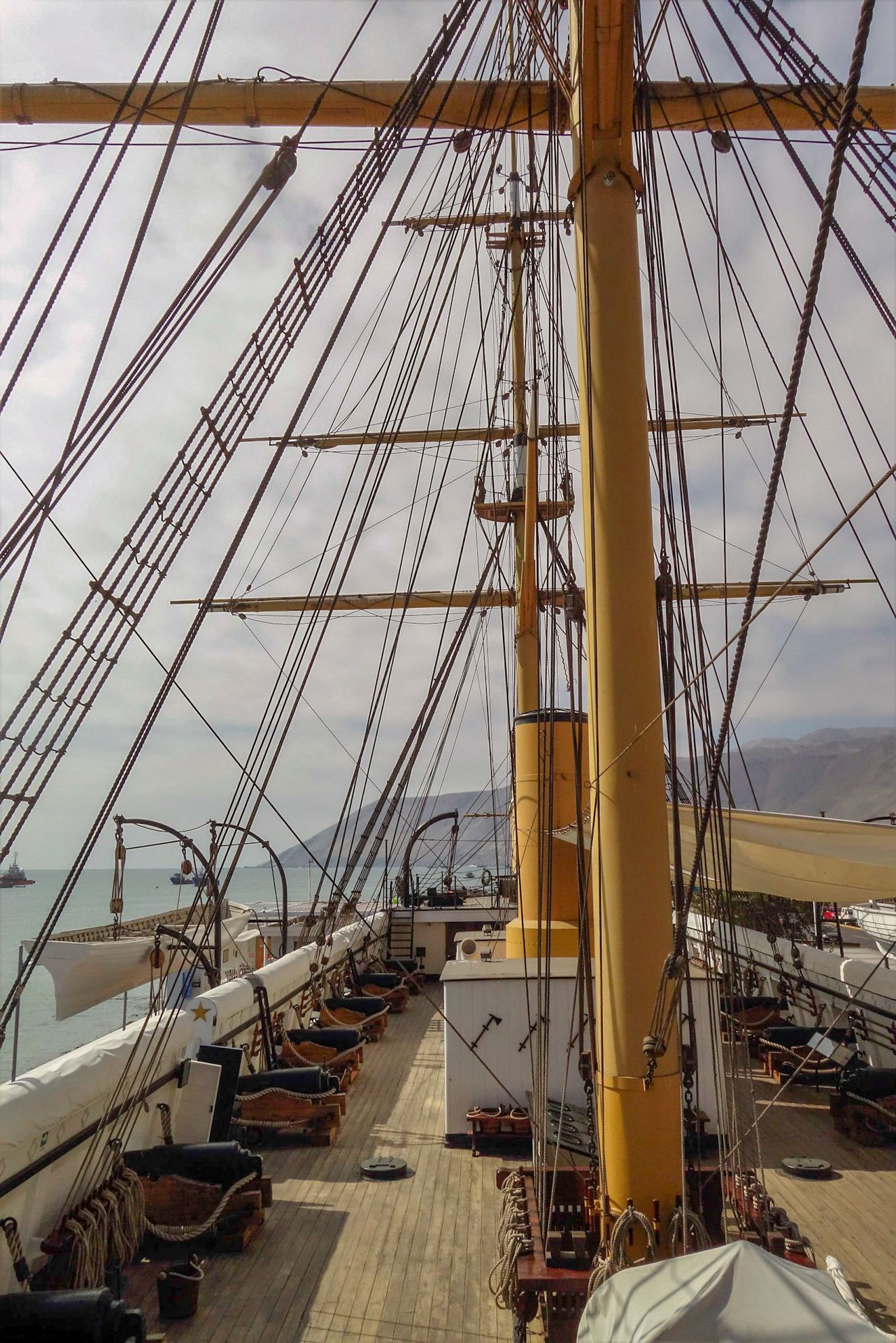




Arica
I thought that on the way to Arica I would be able to enjoy the coastal panorama for three hours. However, the route took us a bit further away from the coast, so I could only admire the desert. Arica is similar in size to Iquique, an even better surf spot, also surrounded by dunes and mountains, and of course played a decisive role in the Pacific War. The coastal city with the symbolically large hill El Morro was conquered by land route from Chile. But even after that, Arica was significant because the construction of the railway line from Arica to La Paz was a central part of the peace treaty to grant Bolivia access to the sea. However, for the last 10 years, no freight trains have arrived from Bolivia in Arica. Passenger trains haven't arrived for 20 years. The train full of silver that we saw in the Salar de Uyuni continues south towards Antofagasta, on the Chilean coast.






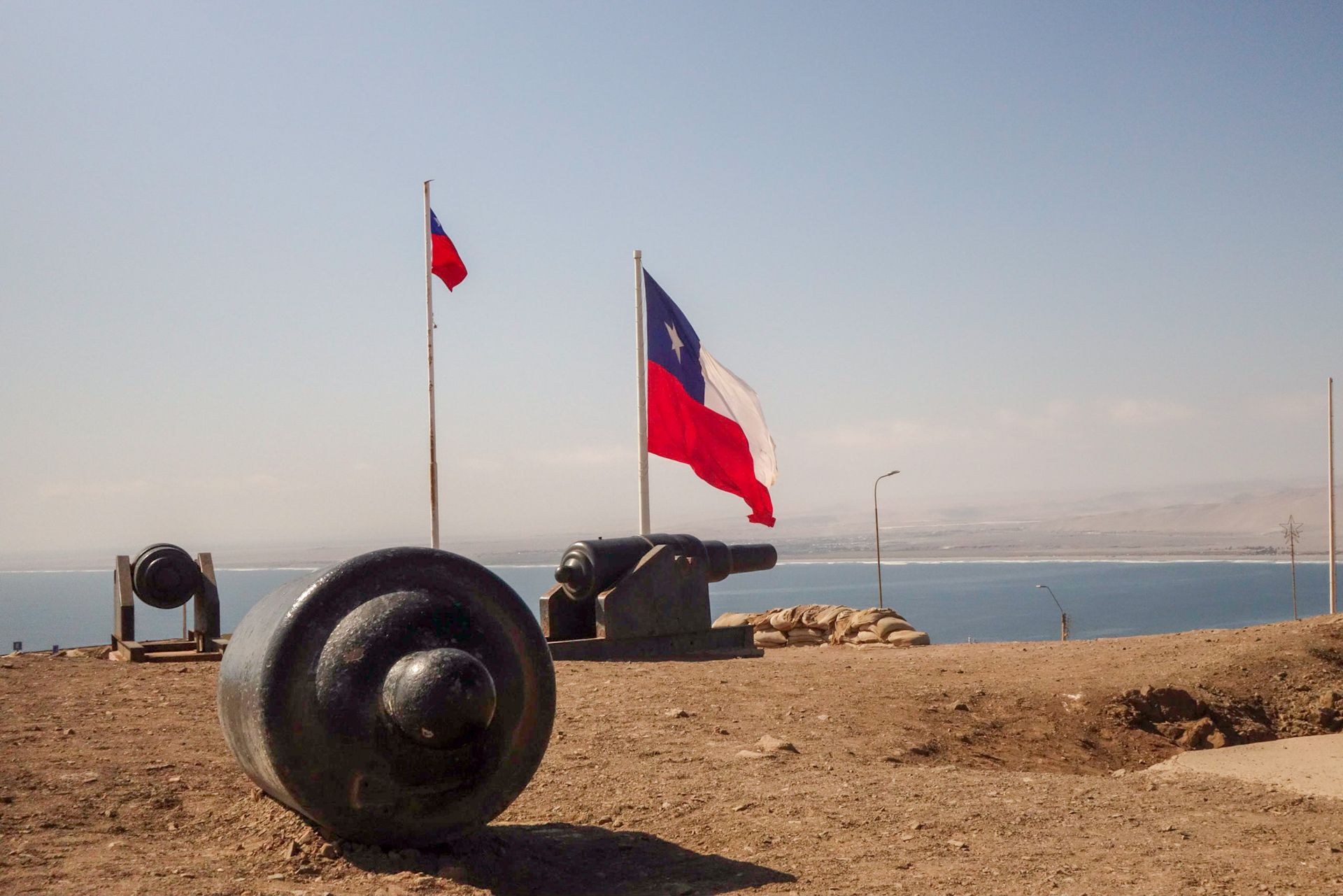
Putre
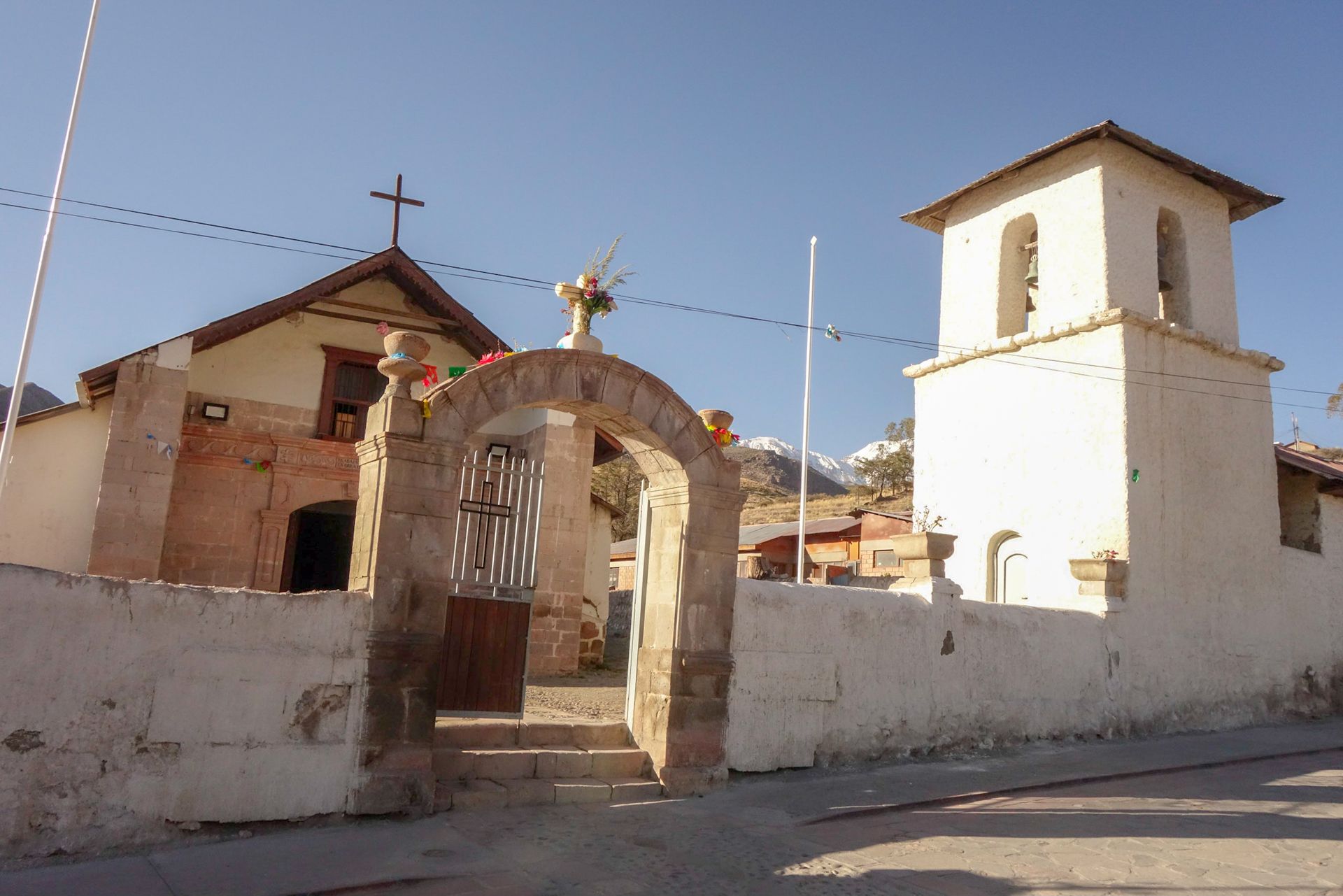
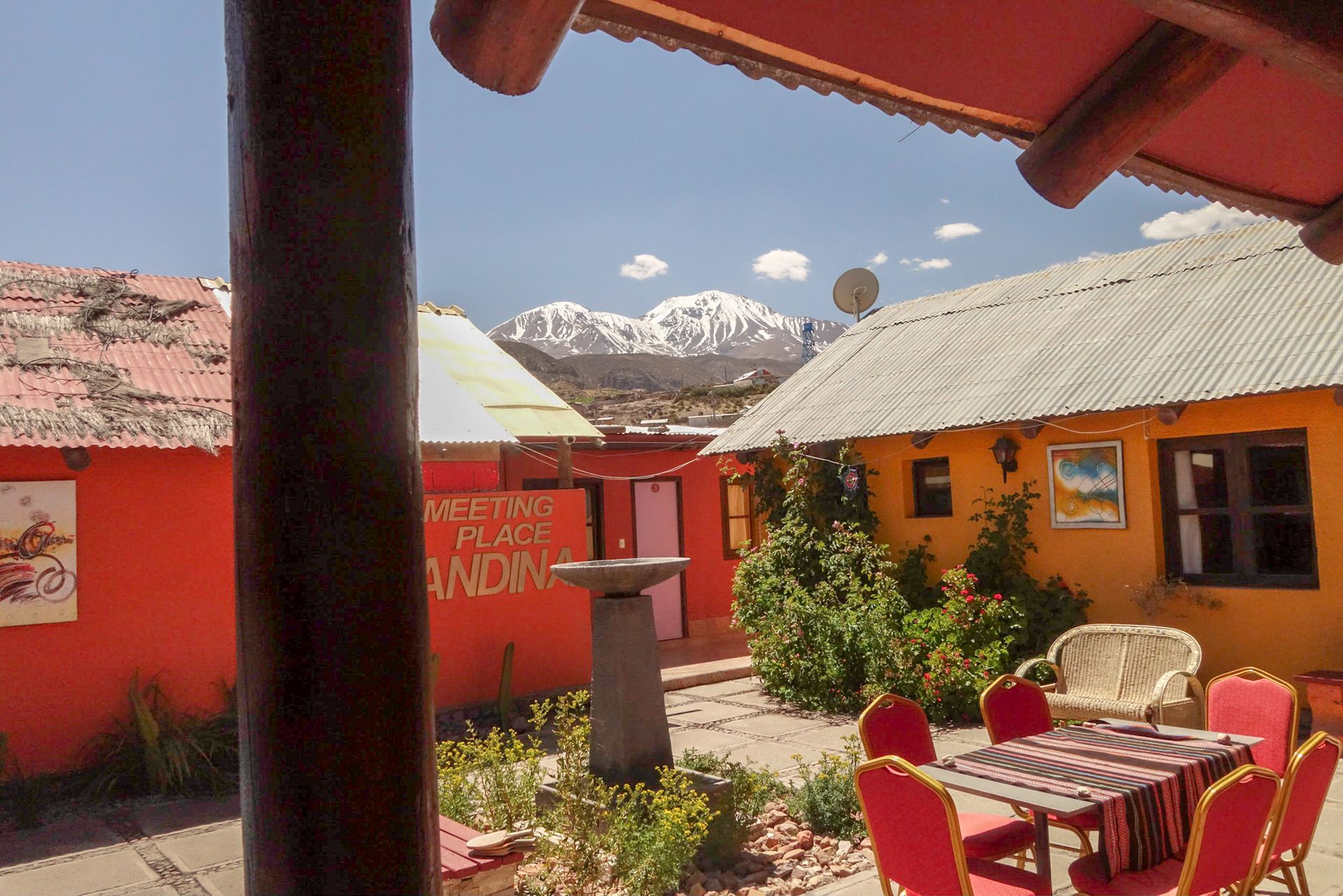
Before my departure from Chile, I had the opportunity to visit the Lauca National Park in the far north. So from sea level to over 3500m in three hours from Arica to Putre. In Putre, there were also some agencies that offer tours. However, they were difficult to find. It didn't seem like they were eager to serve tourists. There weren't that many of them either. After a few phone calls and knocking on doors, someone finally agreed to take me. And it was the tour to Suri Plaza and the colorful mountains at an altitude of over 5000m. That way the next day was secured, but actually I wanted to go on a different tour with more to see. However, no one could be persuaded the next day either, so I decided to walk to the thermal baths myself the next morning, which were more or less nearby, and then take the bus back to Arica directly. That worked out quite well. I had already visited Arica and there wasn't much more to see, so I bought a train ticket for the next morning.
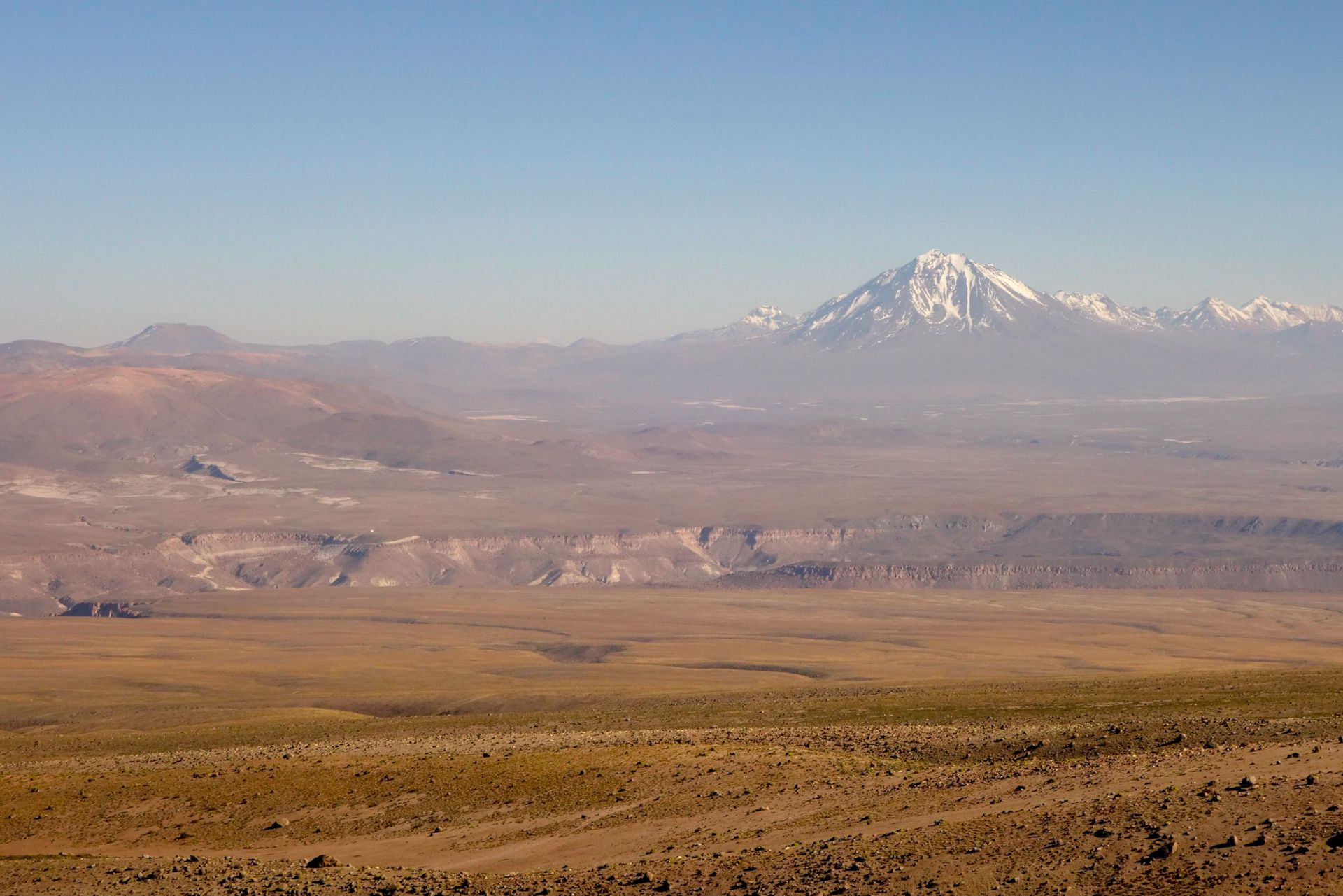



Tacna is a sunny, relaxed town that welcomes Chilean tourists in the summer who then go to the nearby beach. But it wasn't summer yet - and it would have been too hot for me anyway - so everything was still a bit quieter. So a few days to catch my breath, enjoy culinary delights, and write and find good internet for my blog.


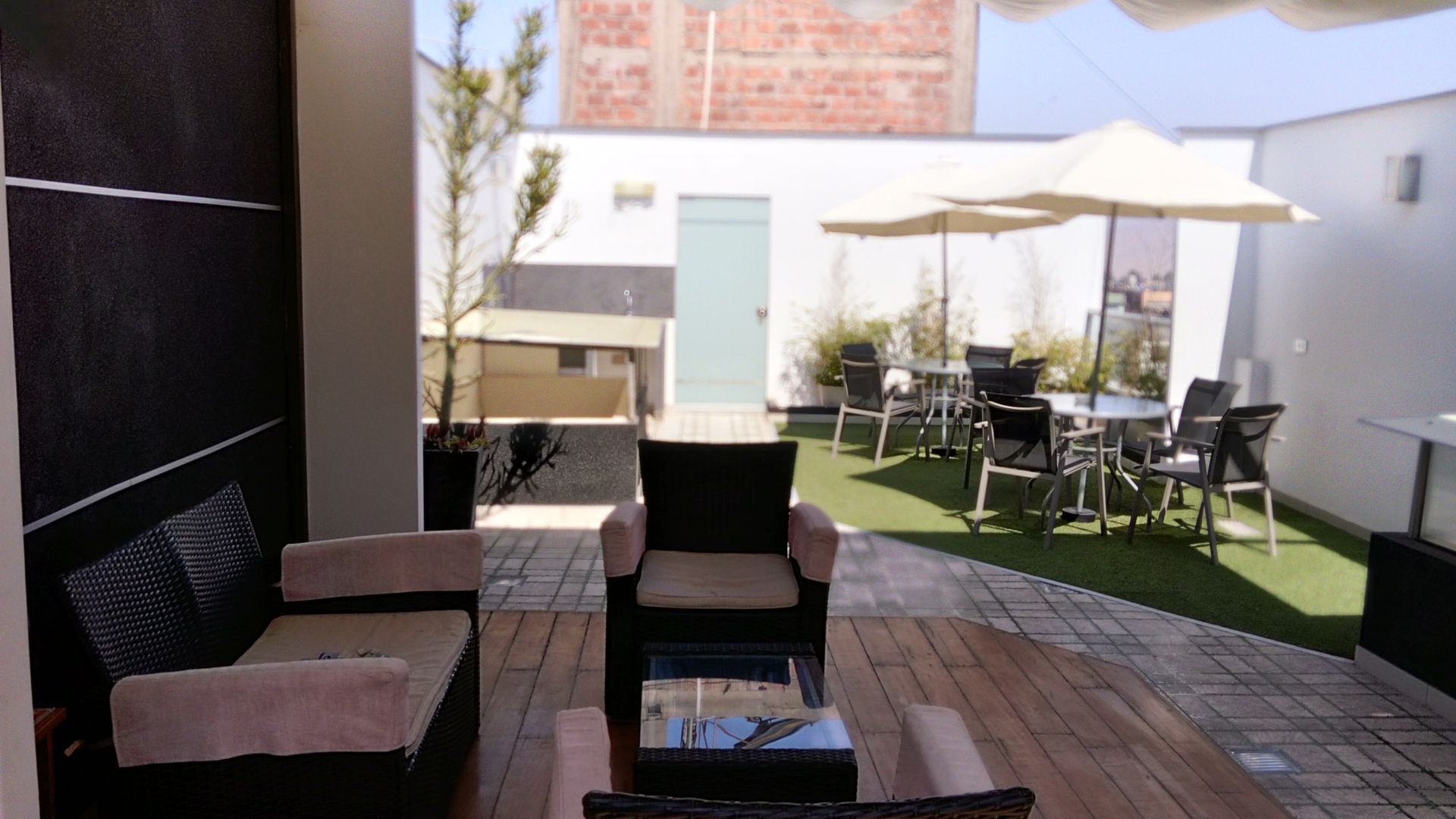
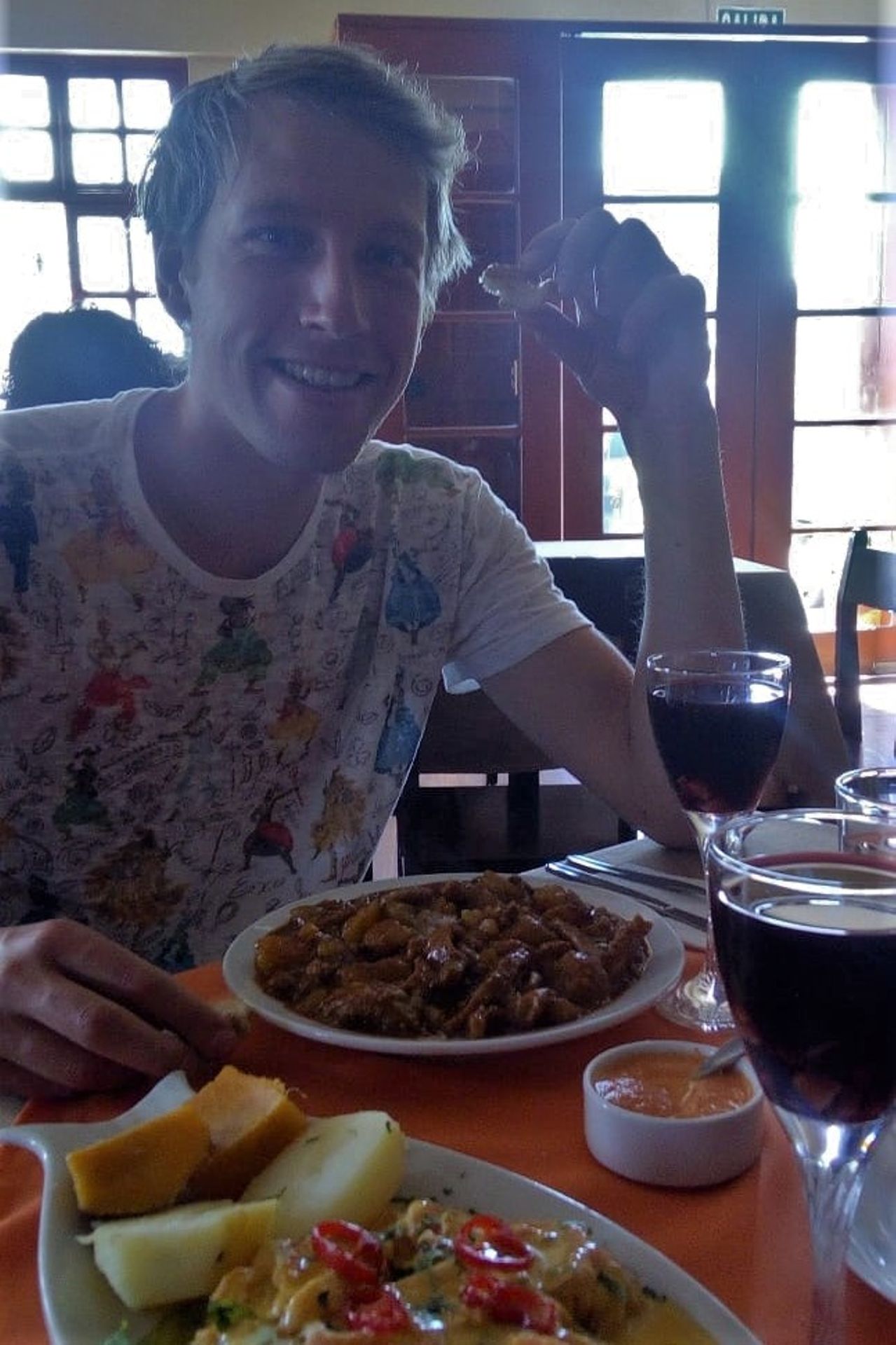
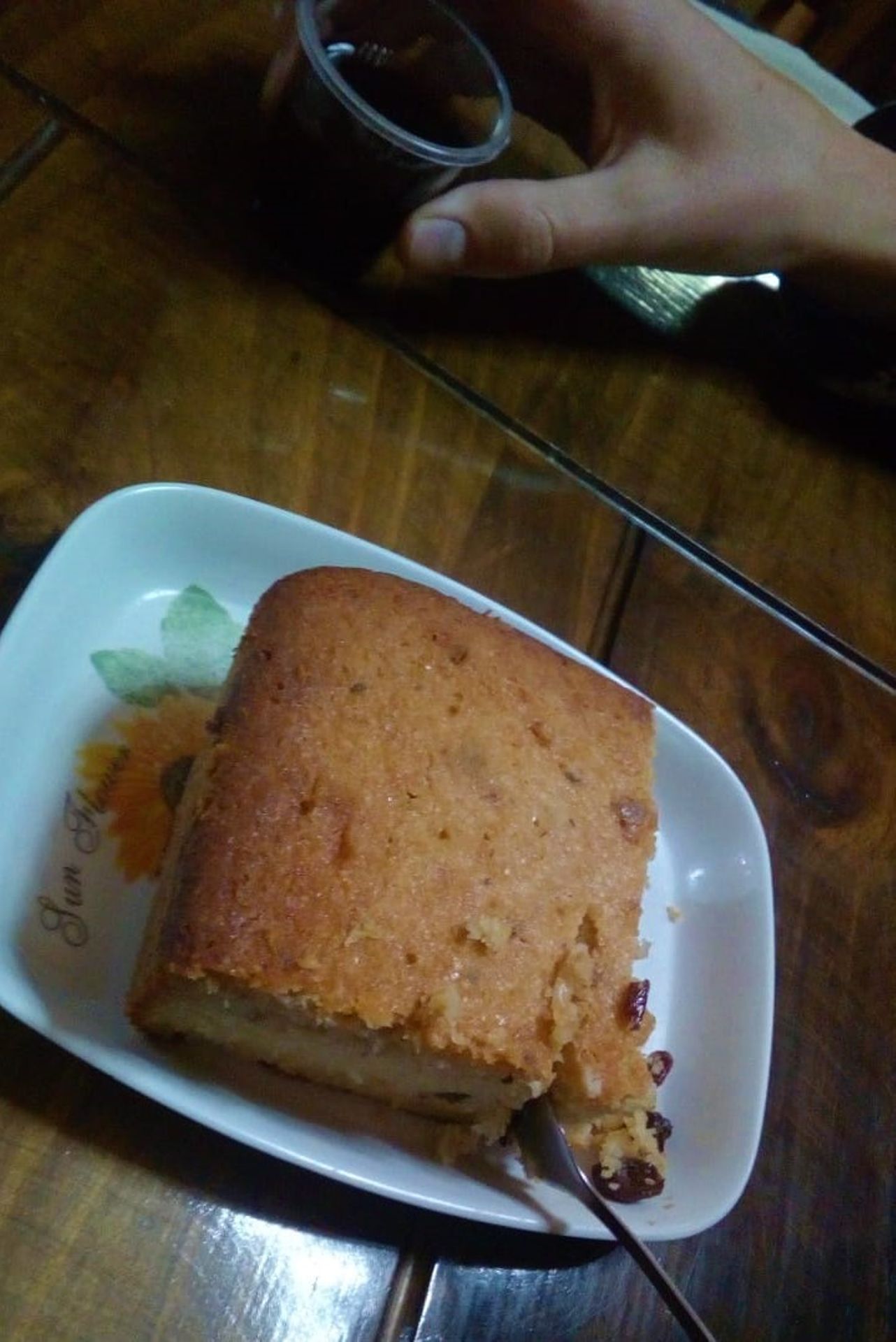
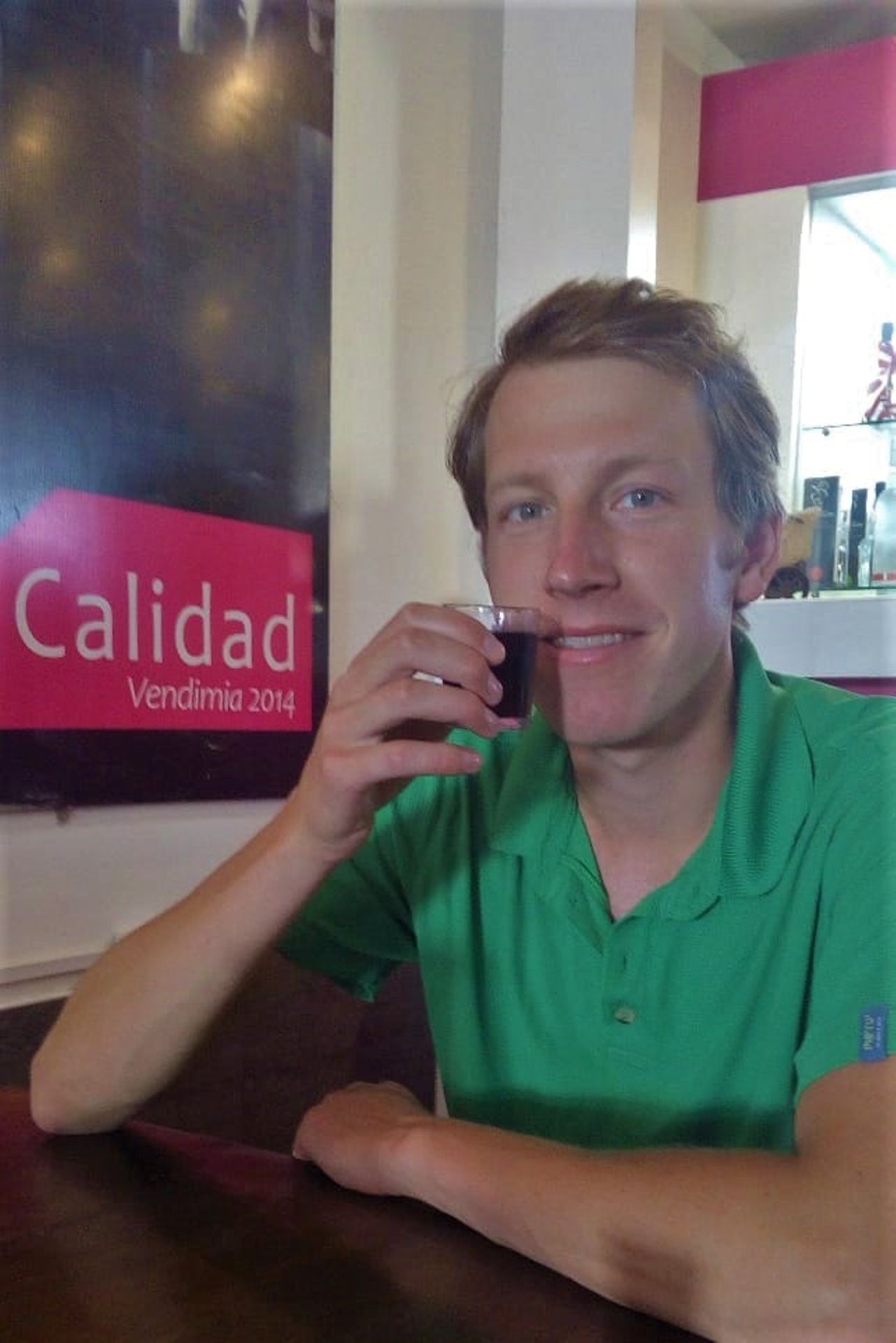
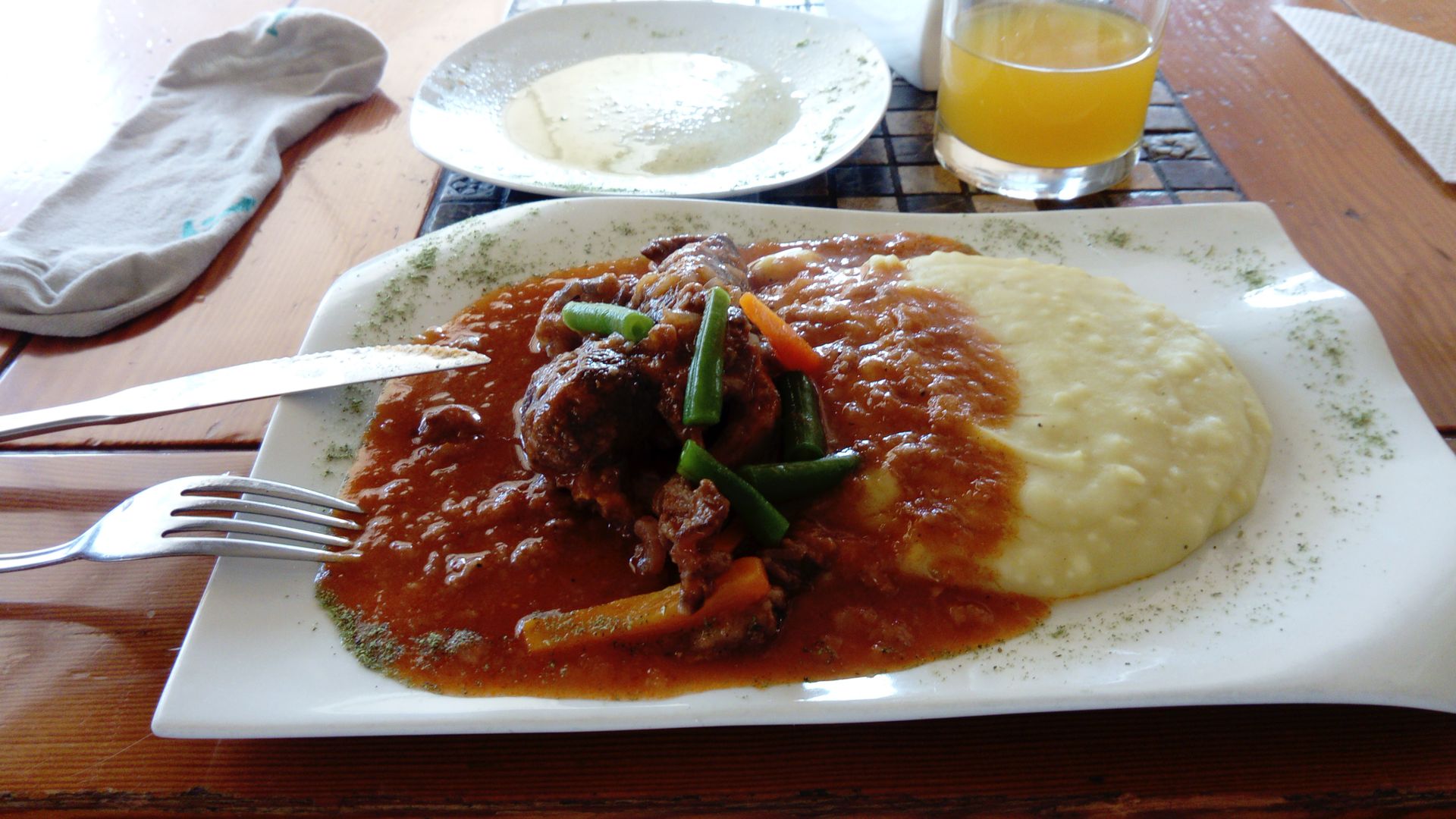
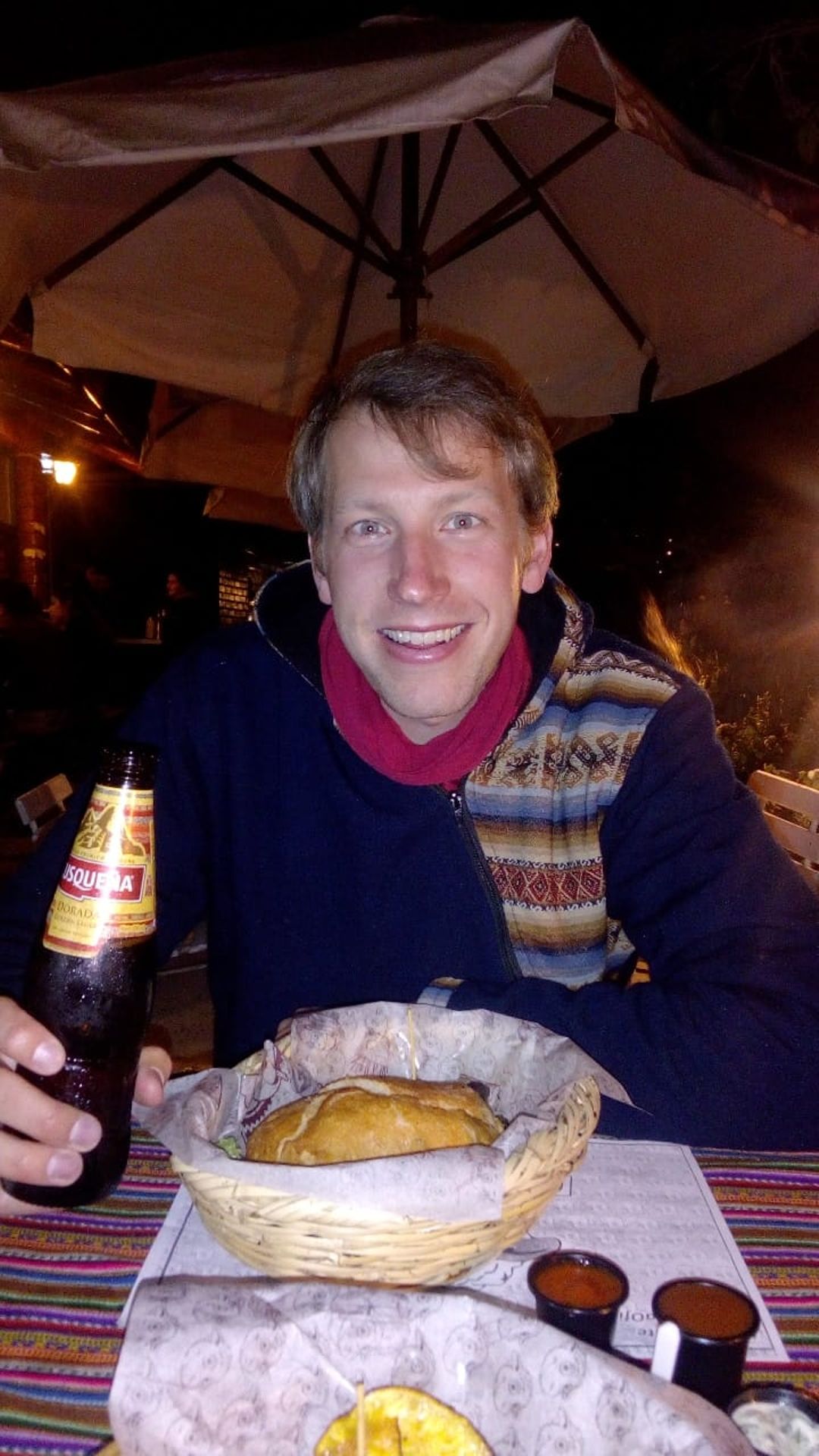



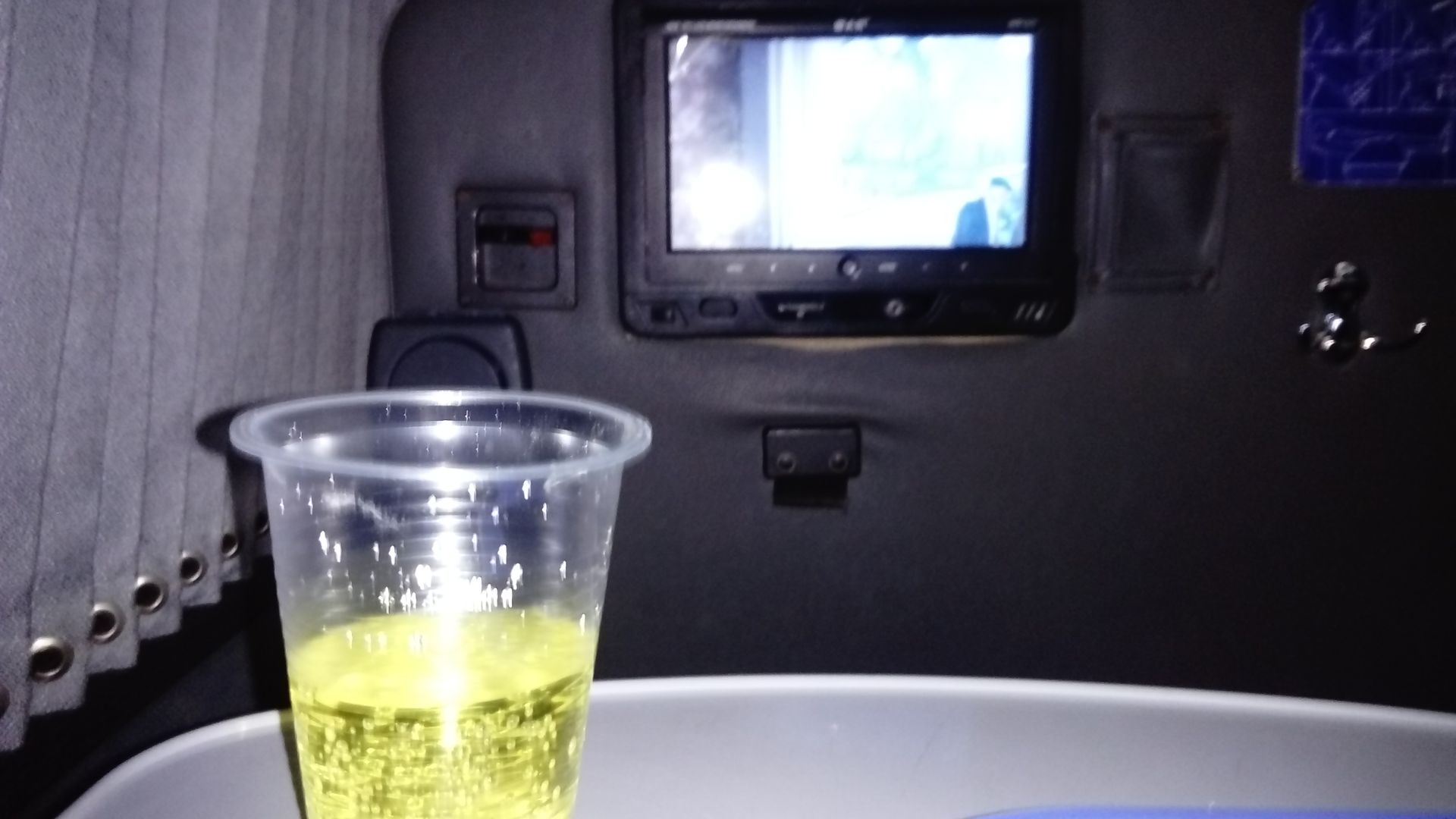
Abbonate à Newsletter
Rispondi
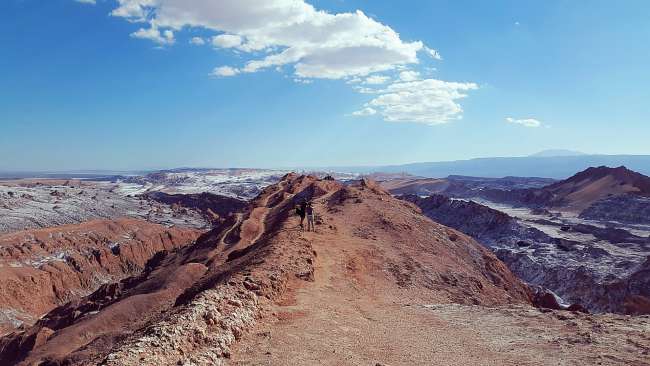
Rapporti di viaghju Chilì
